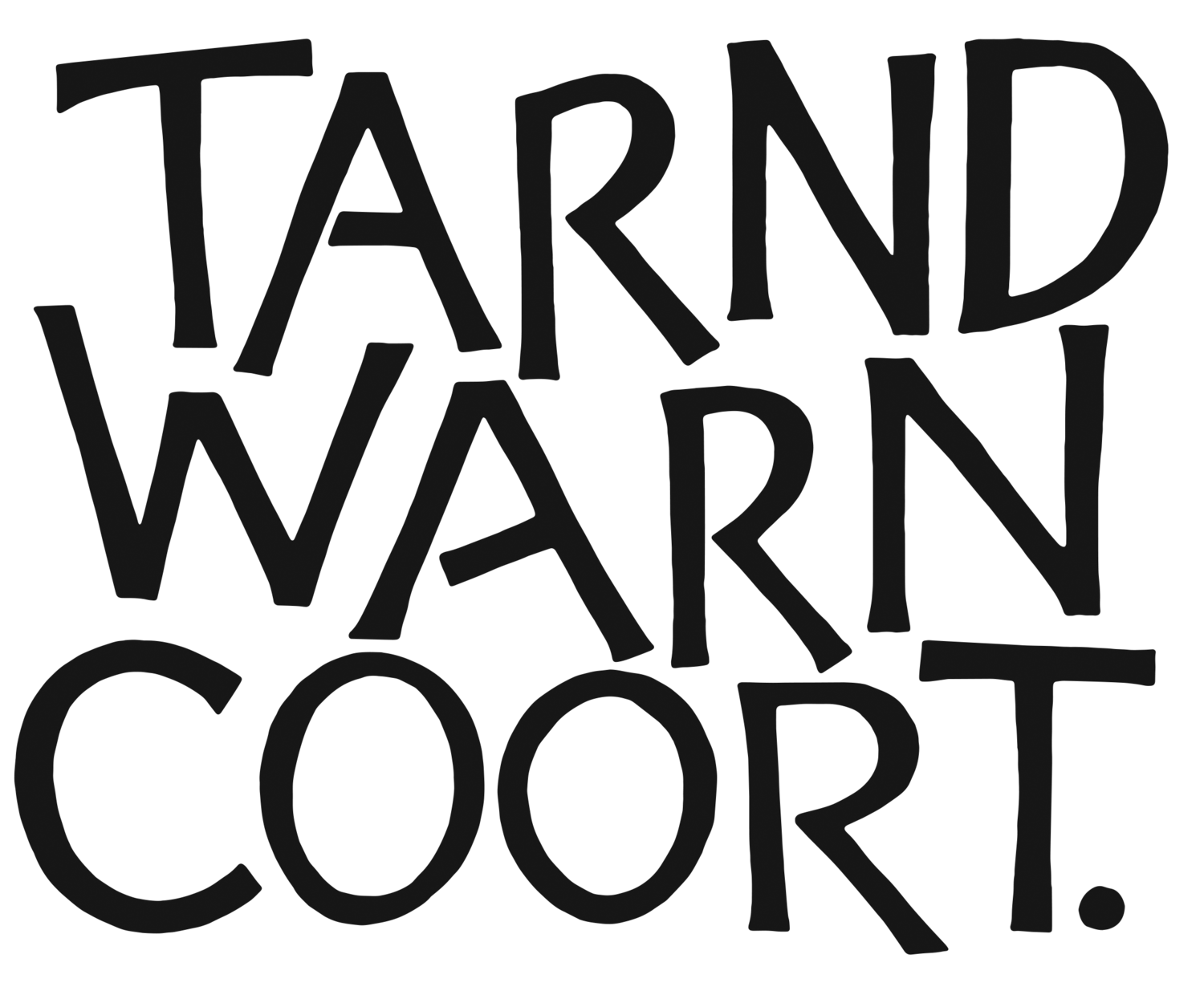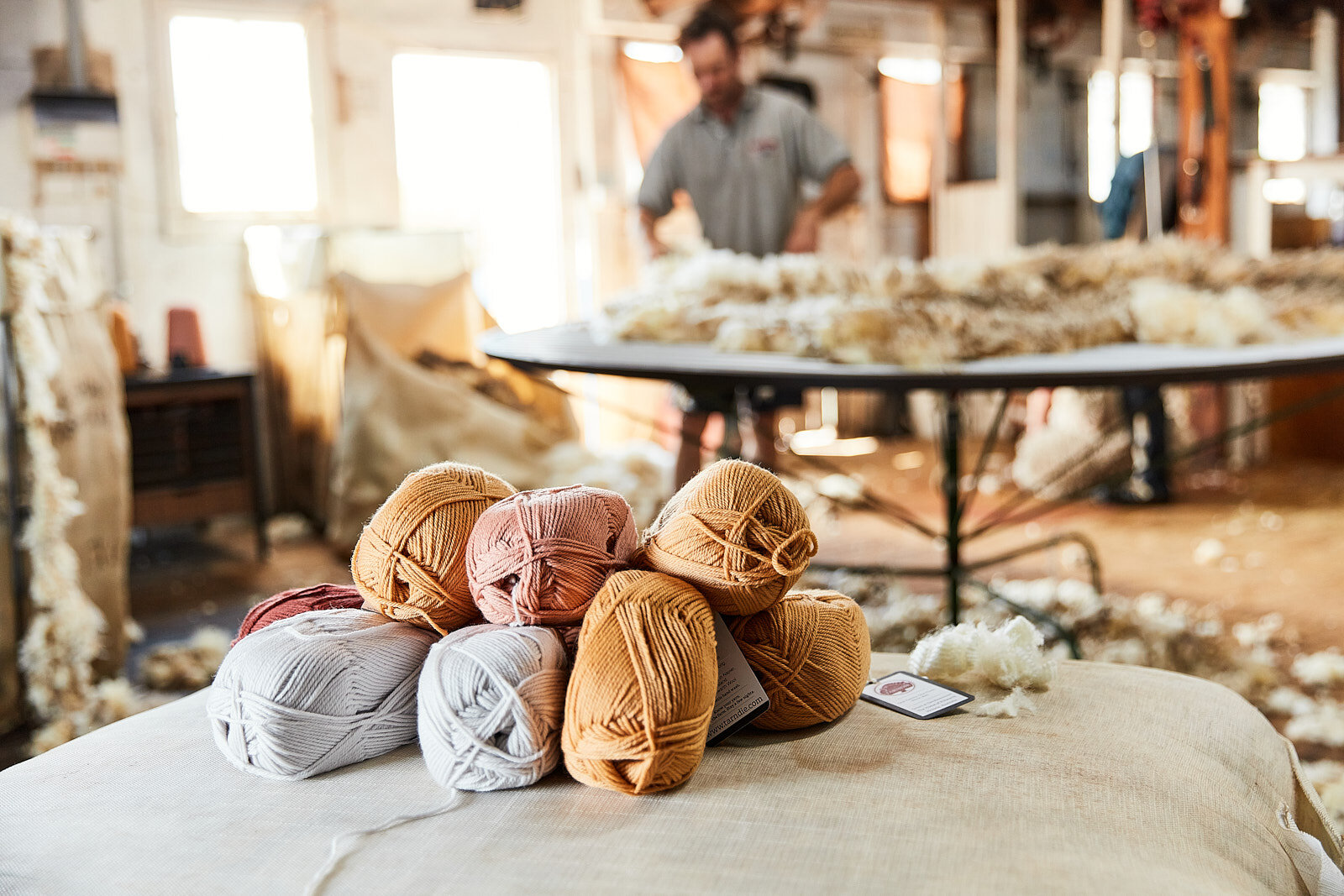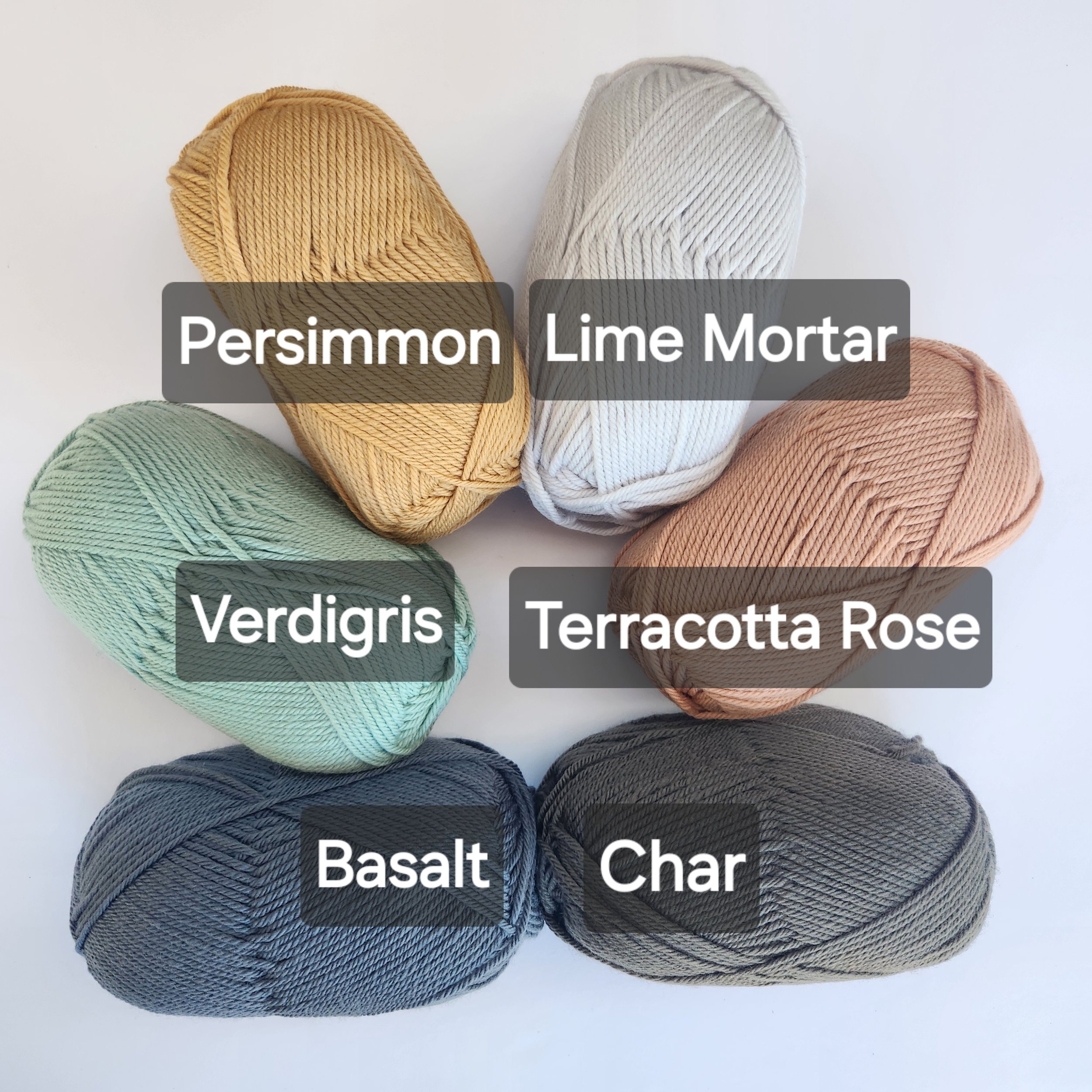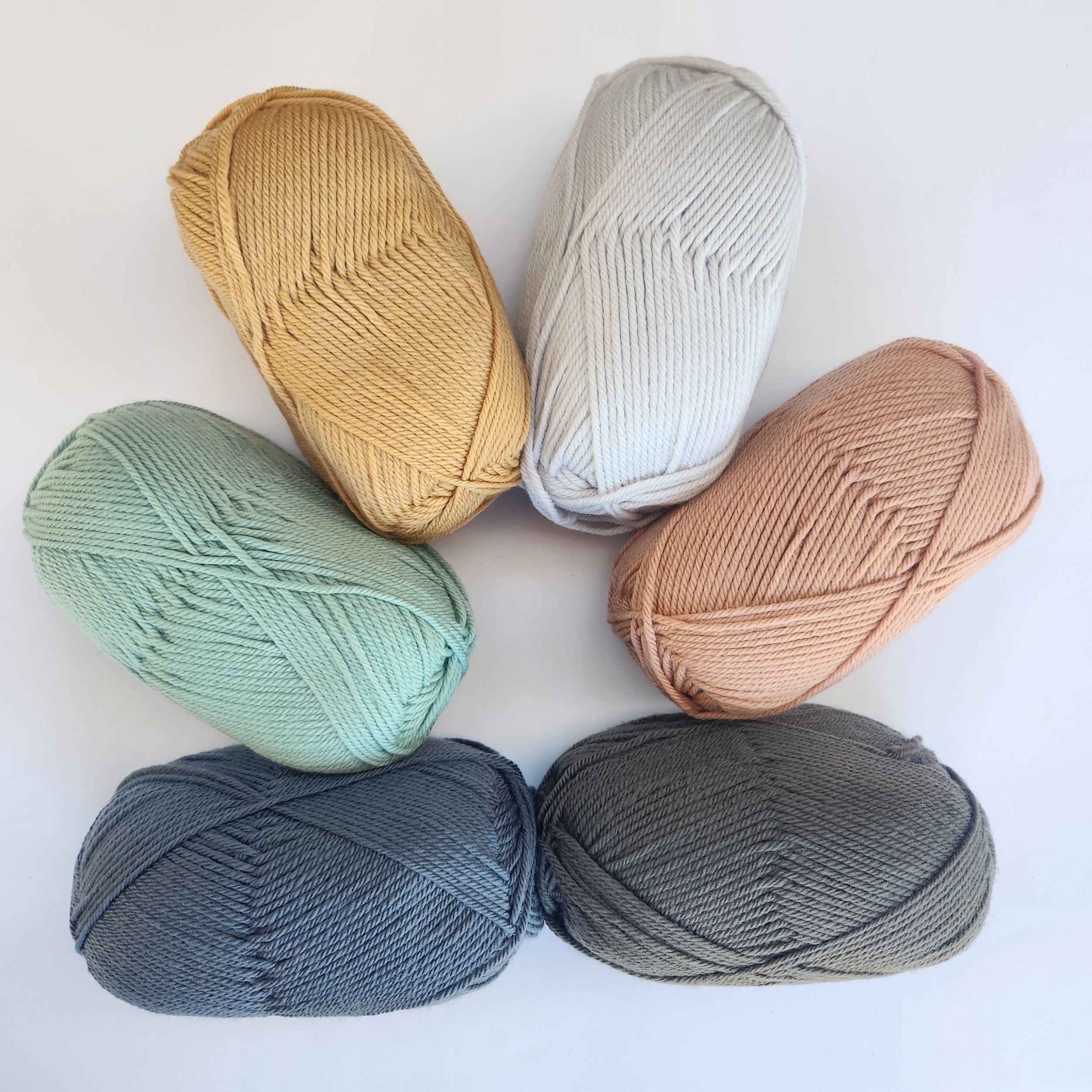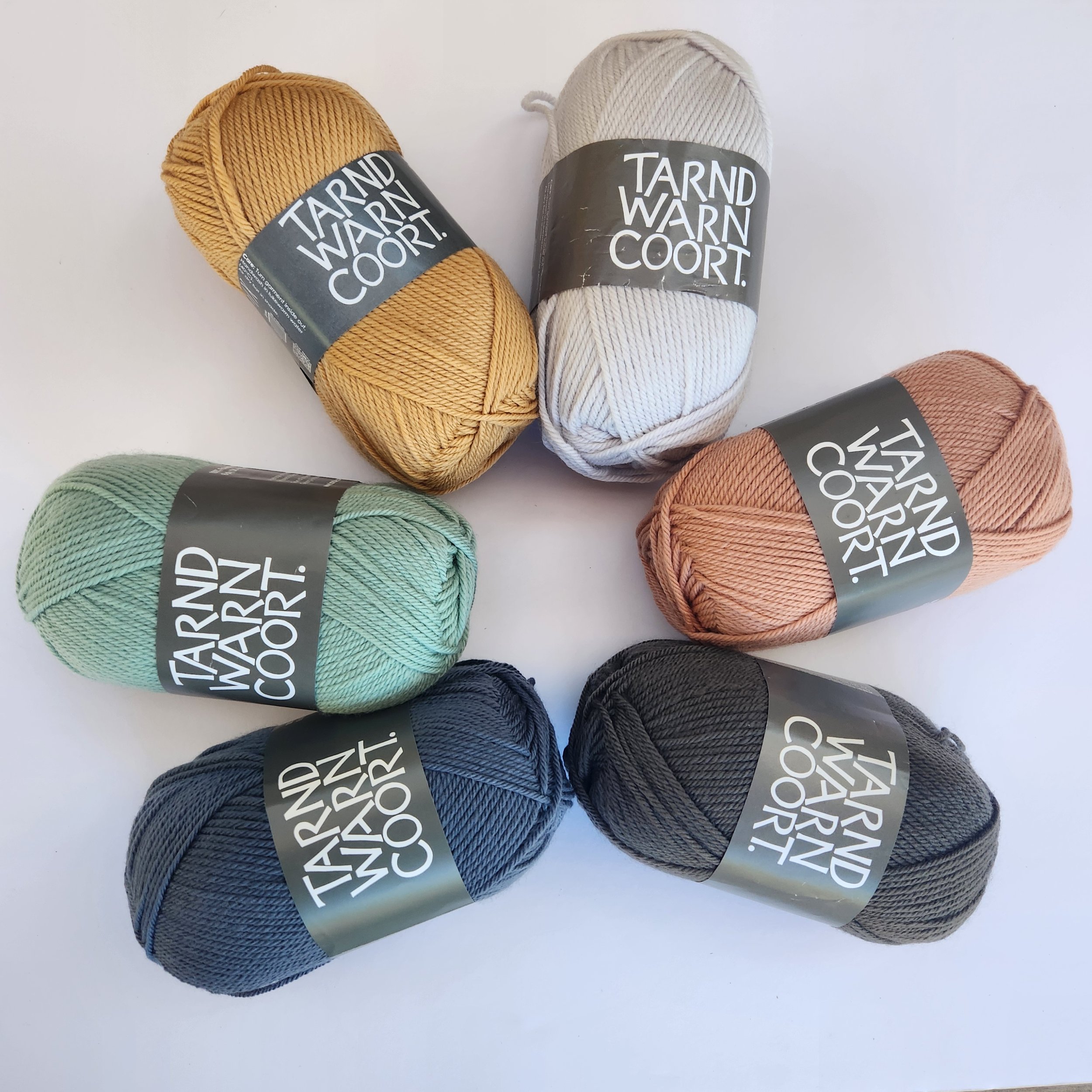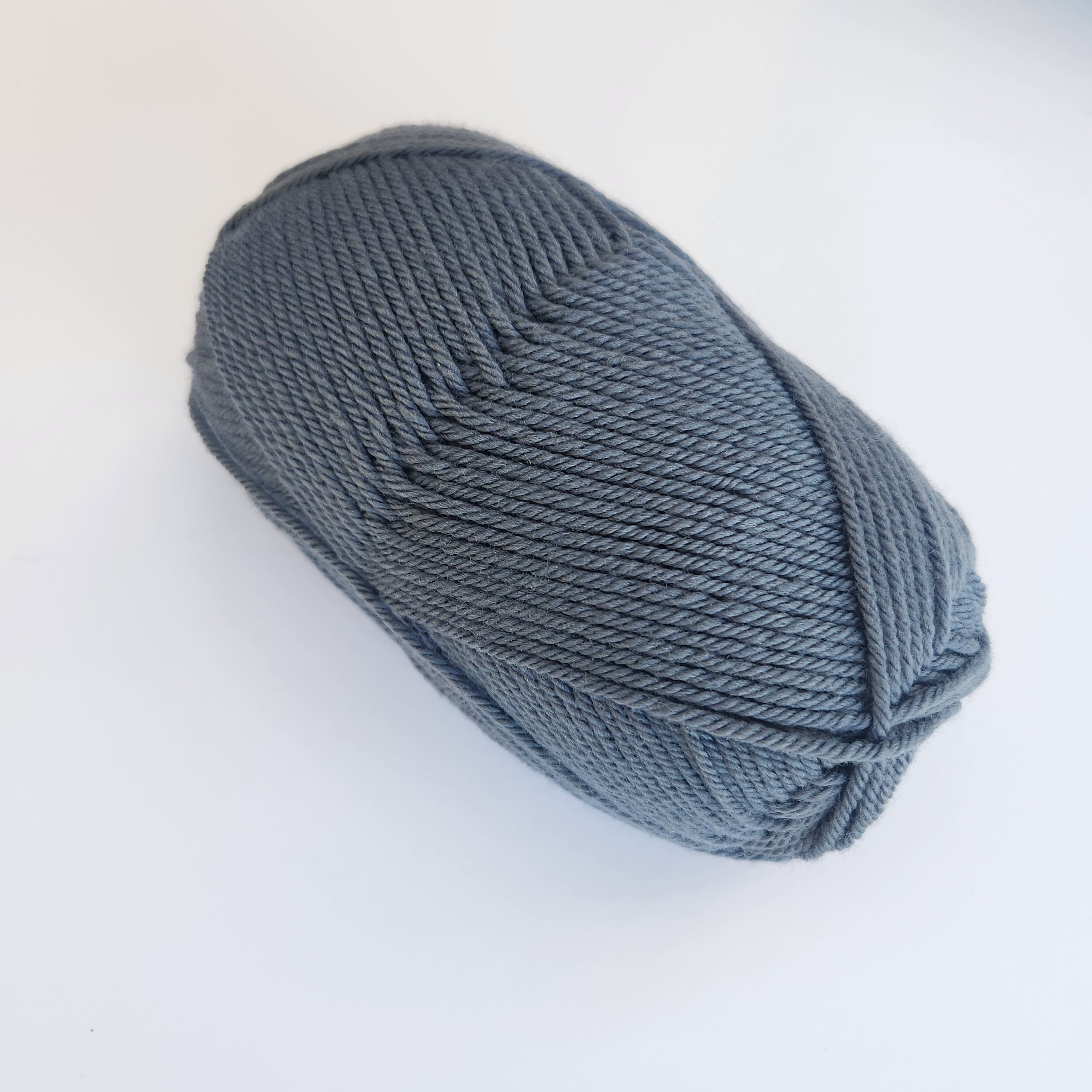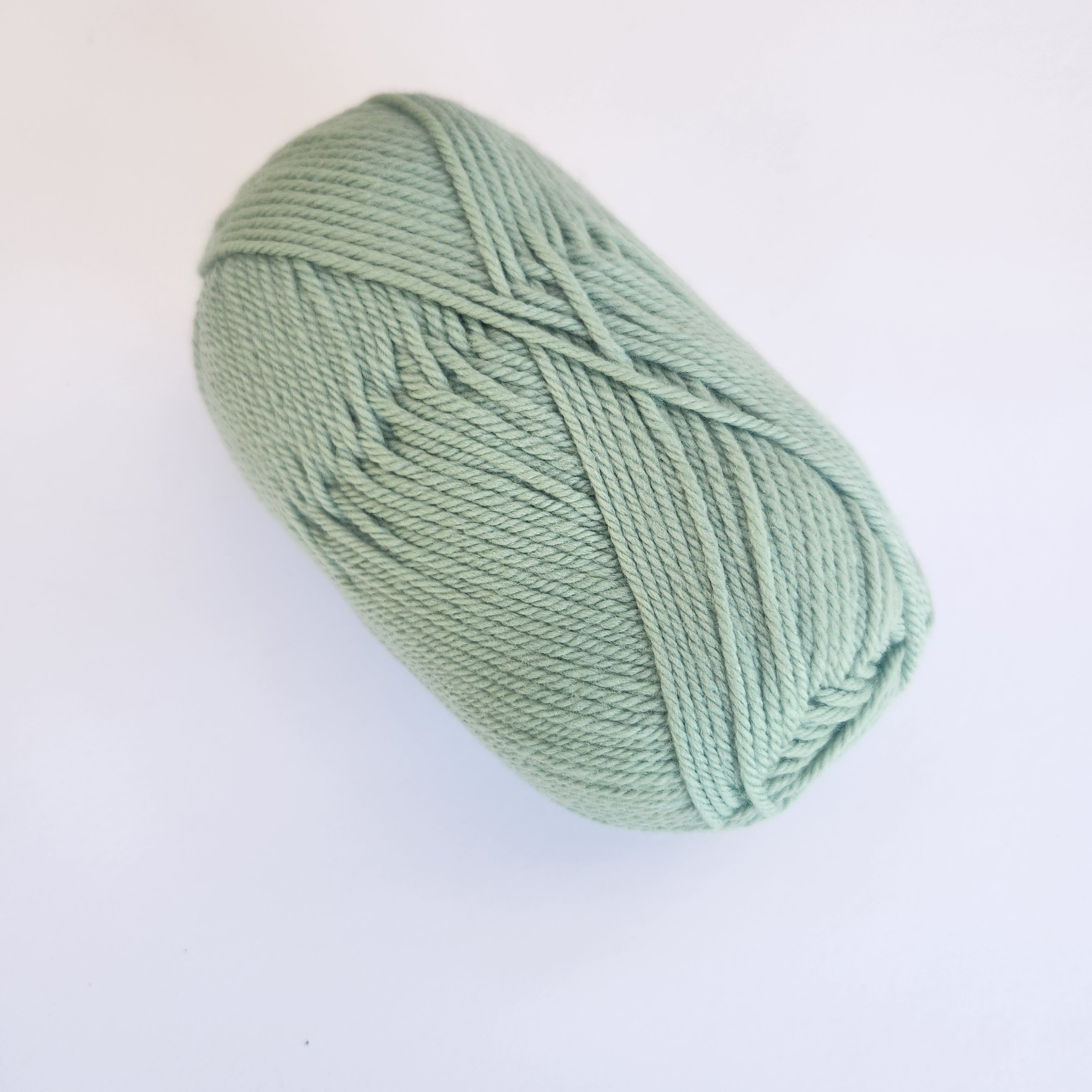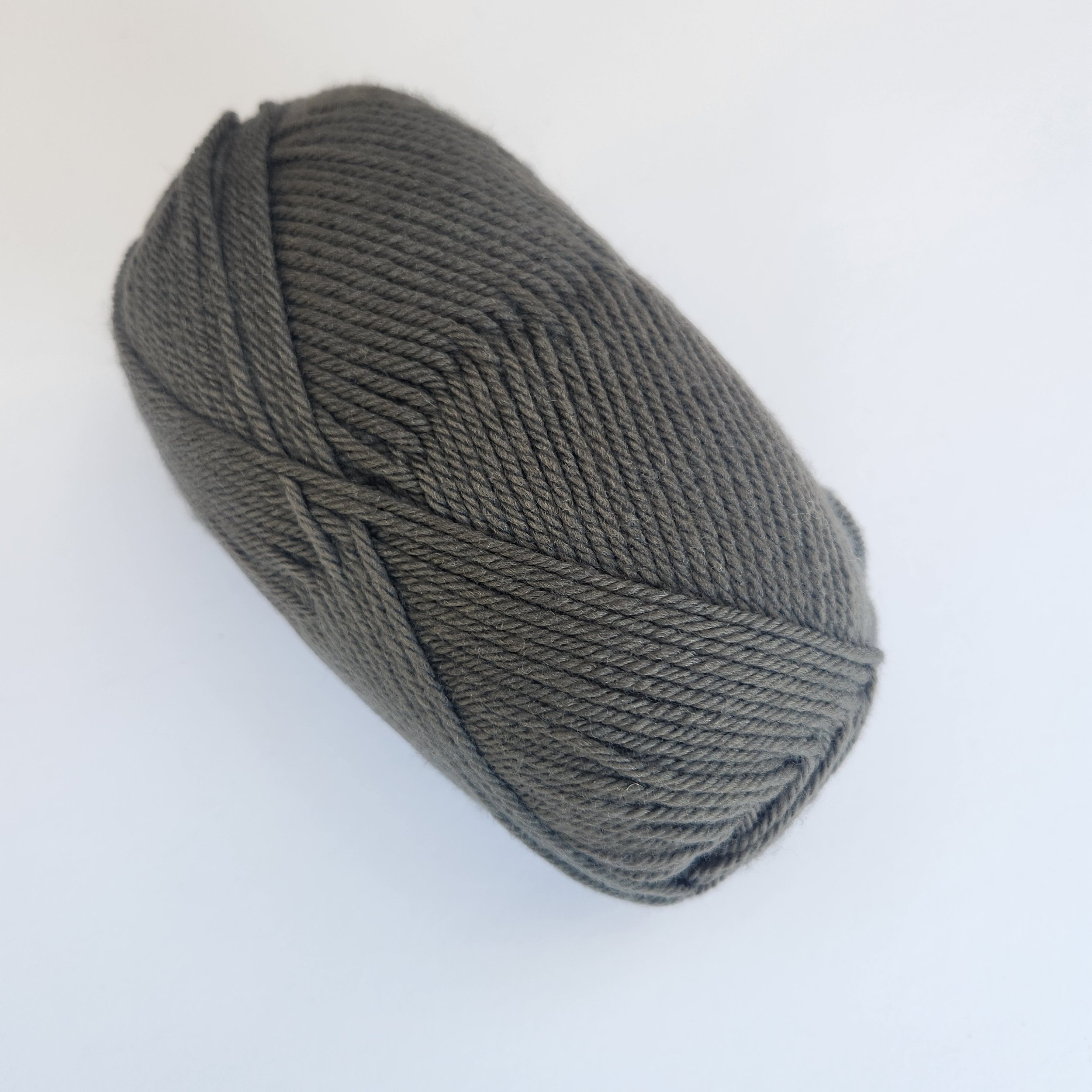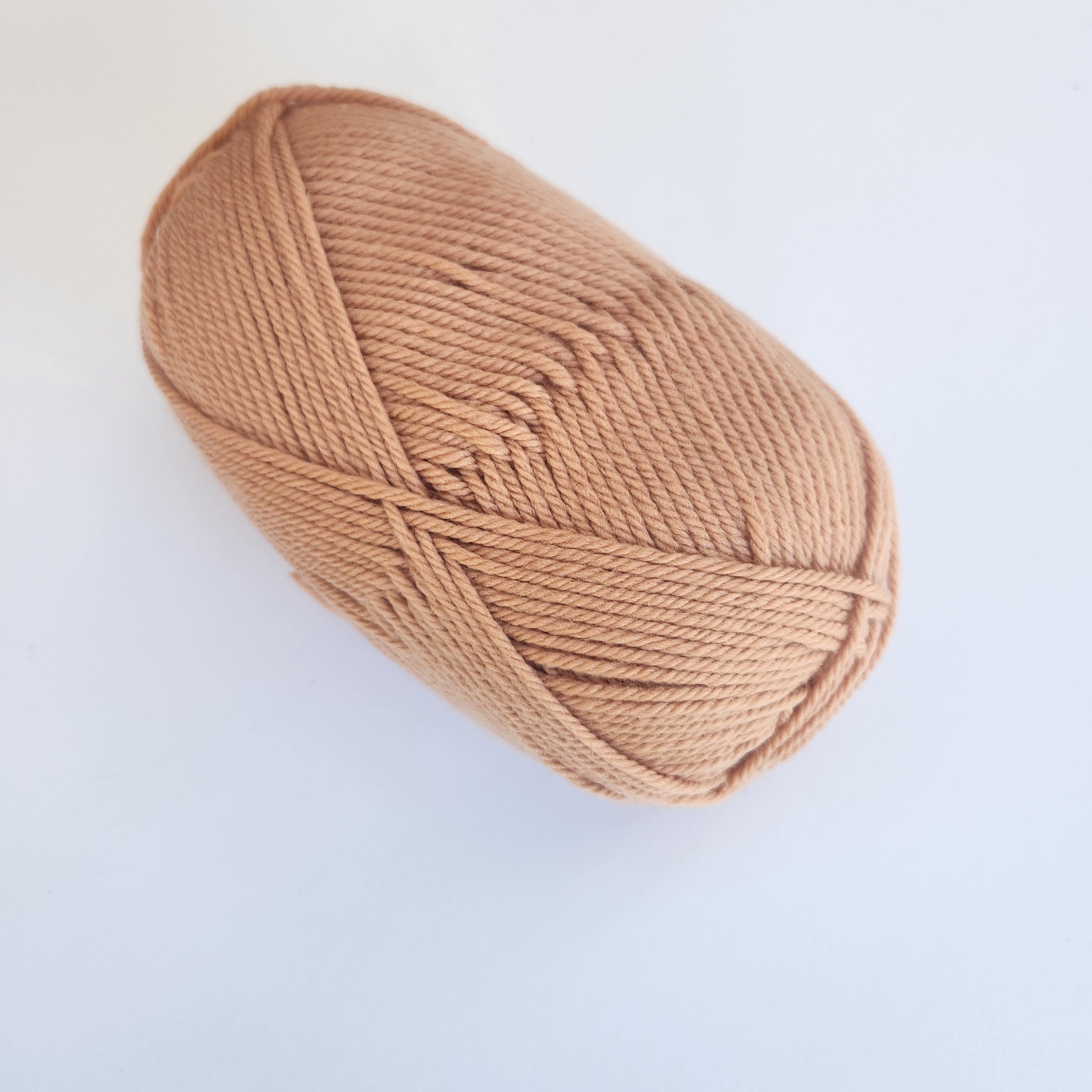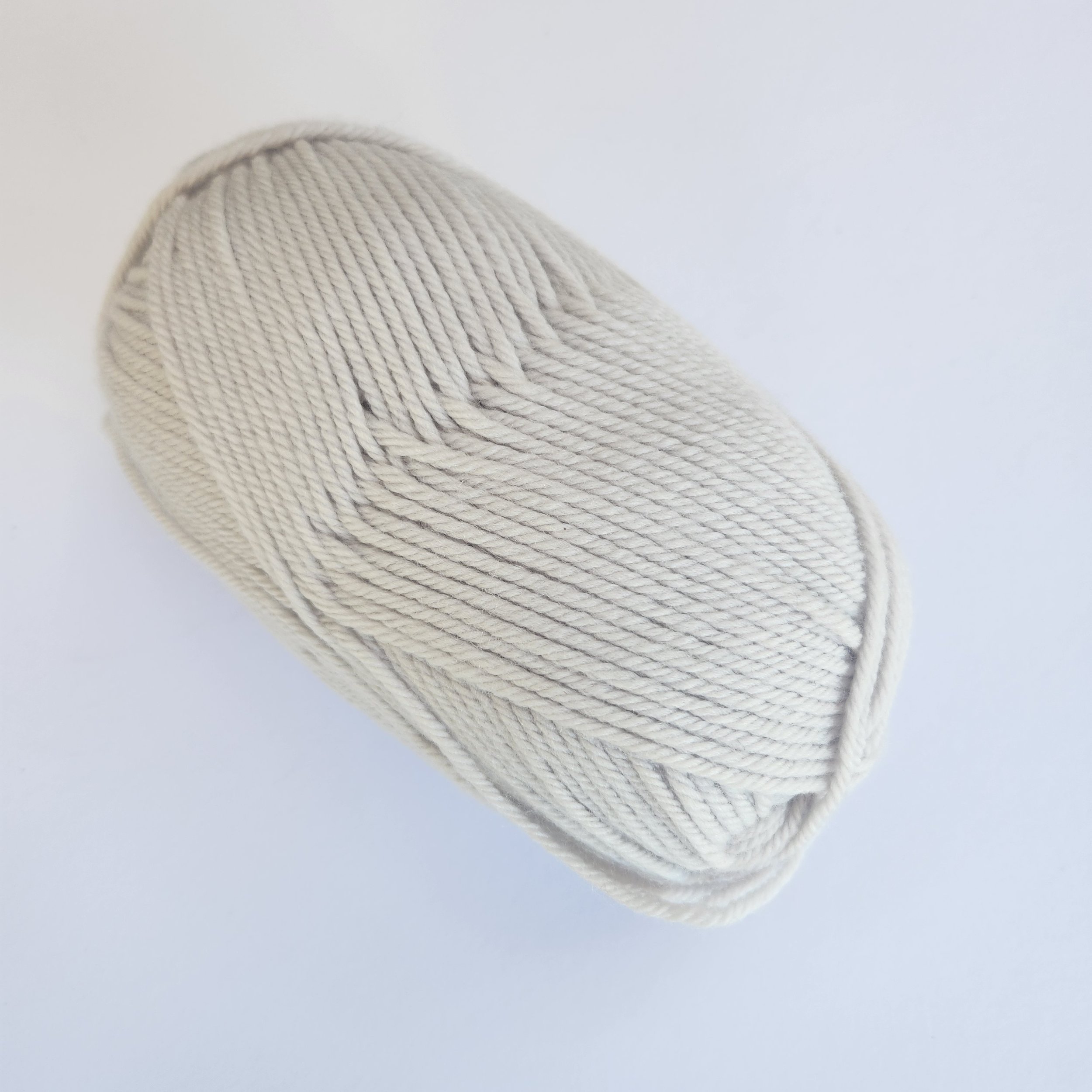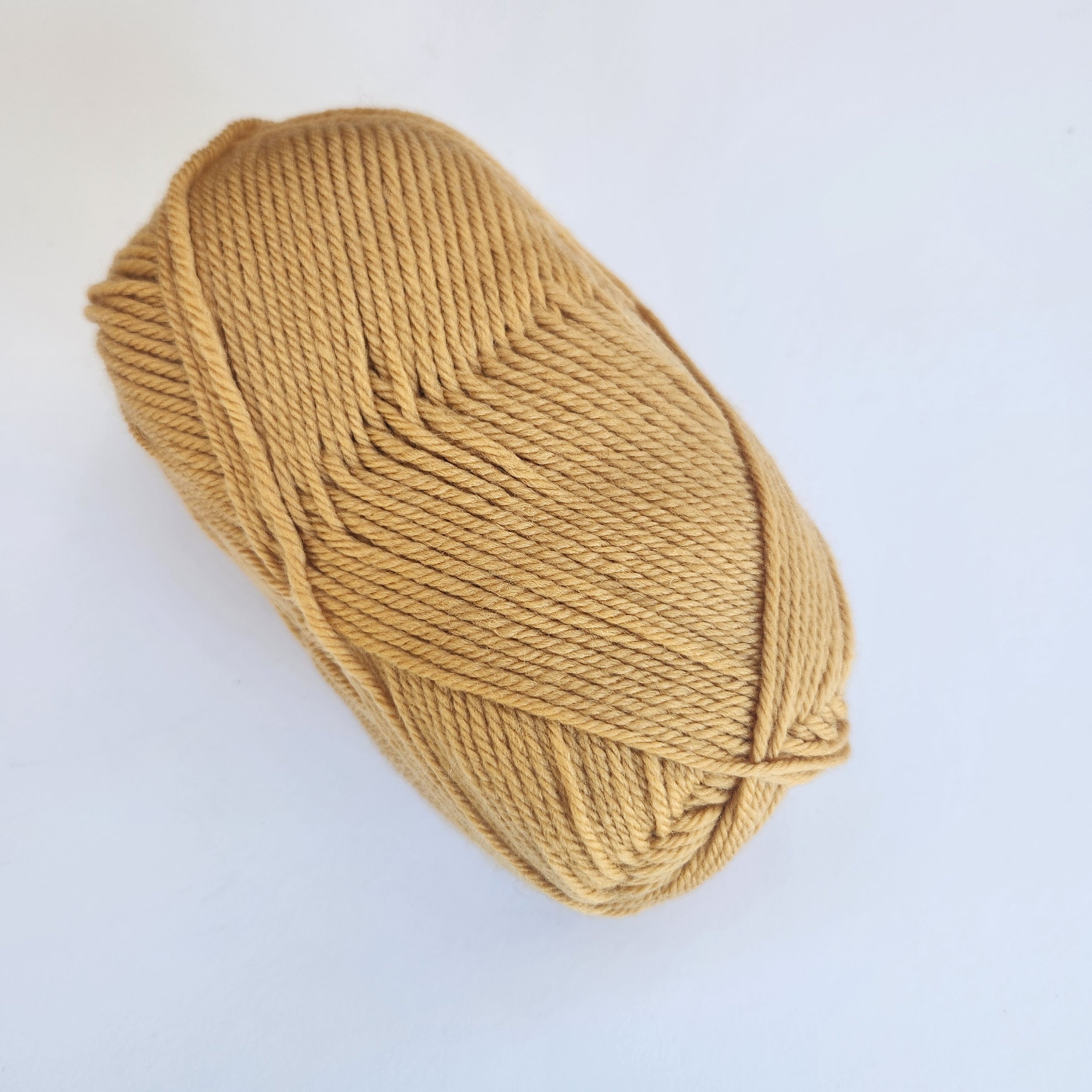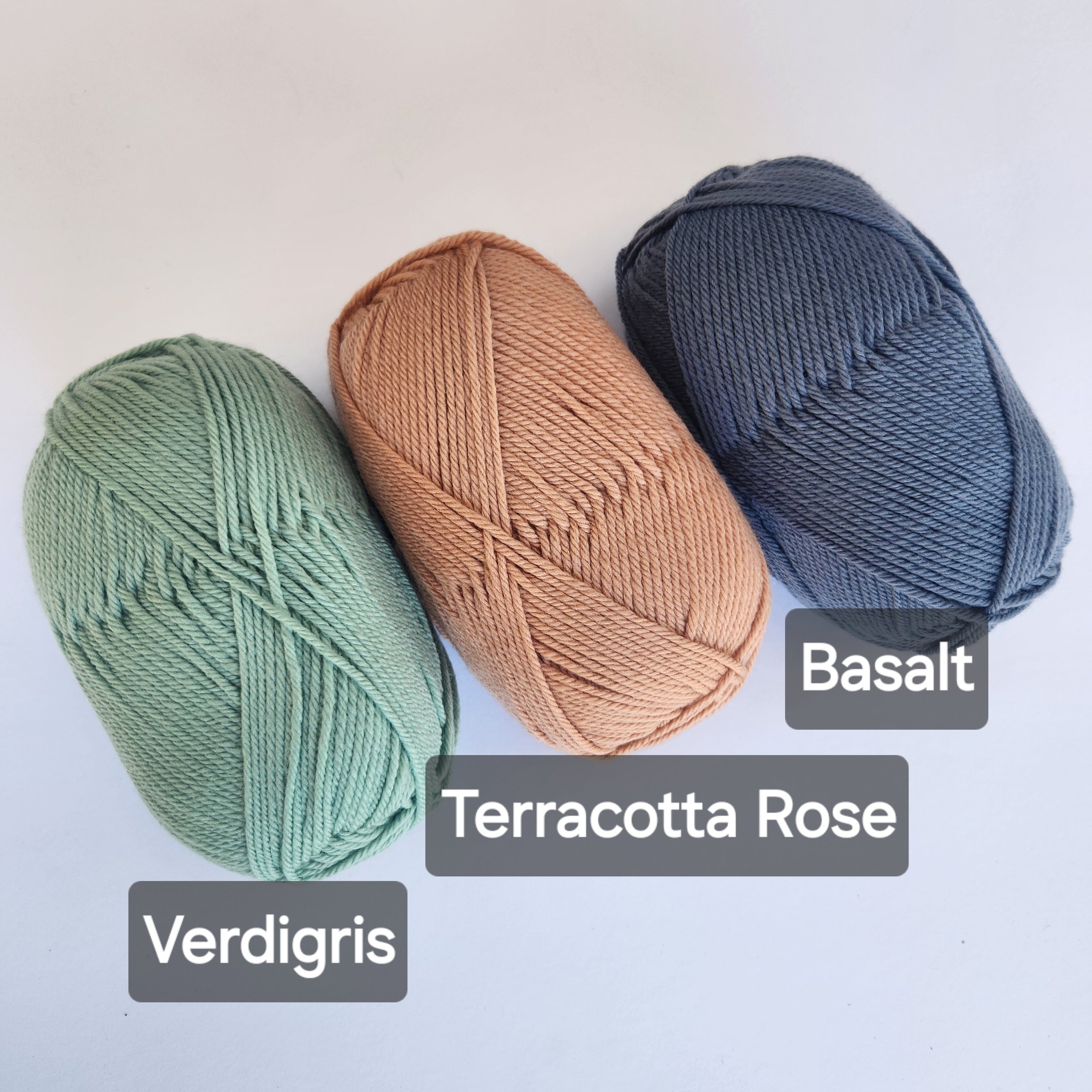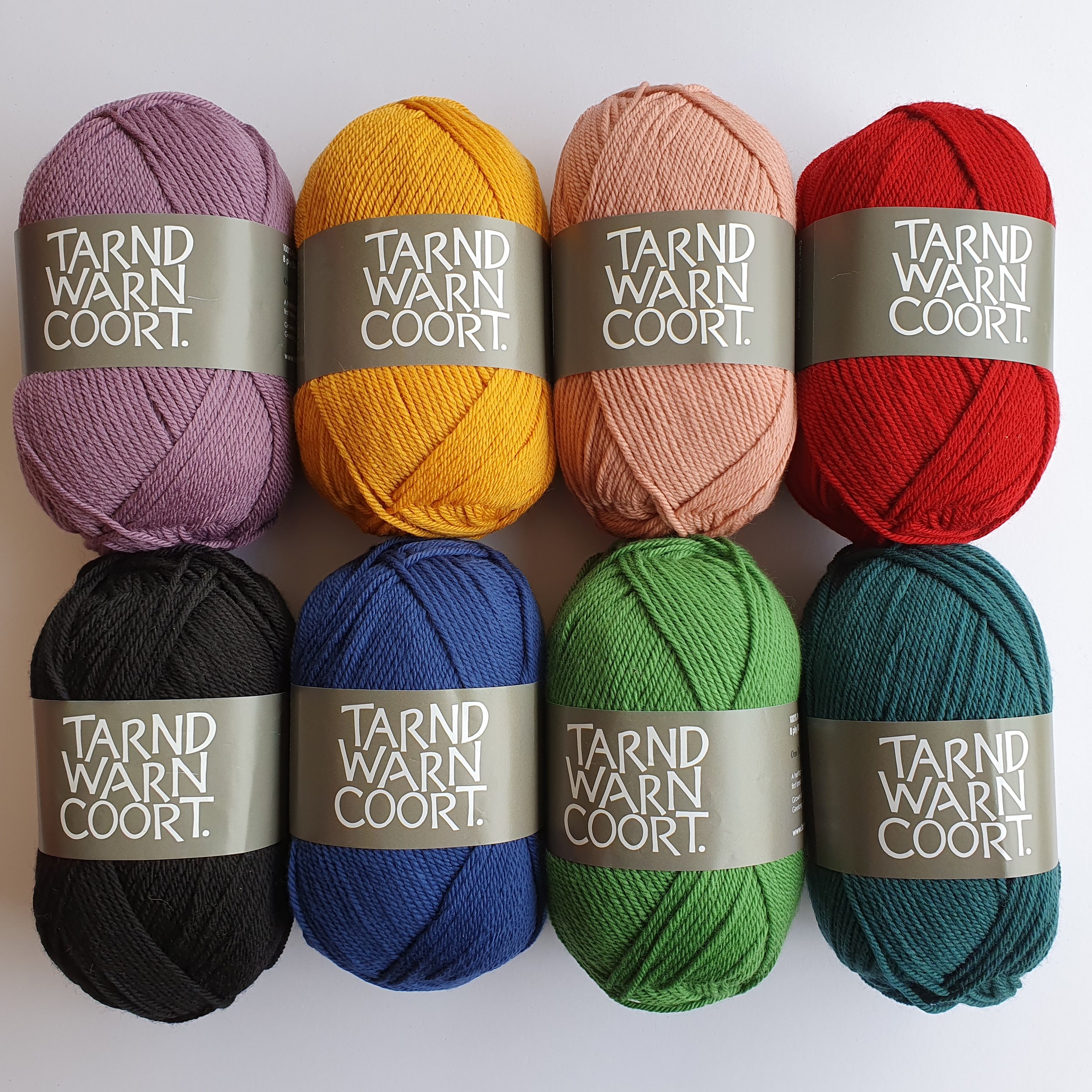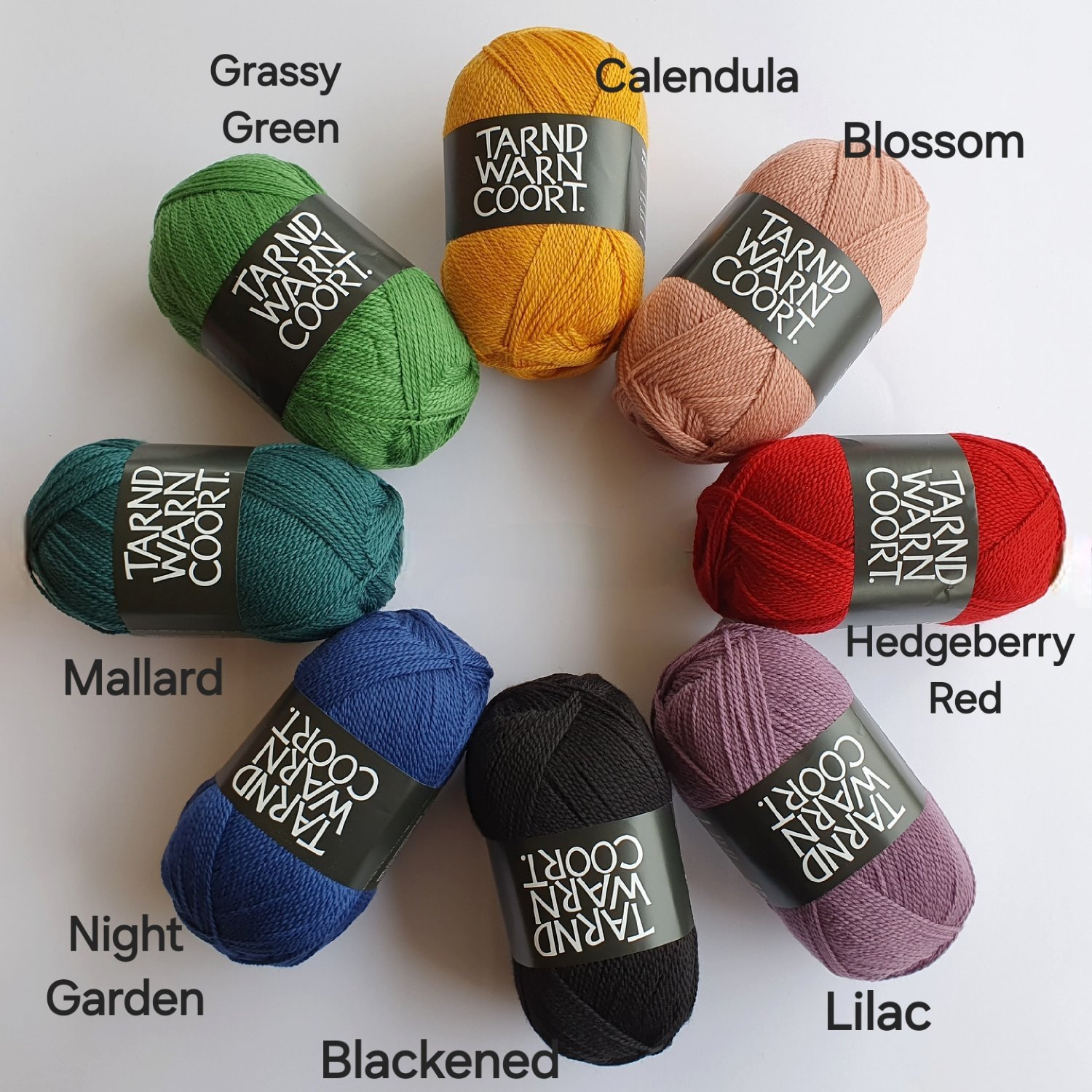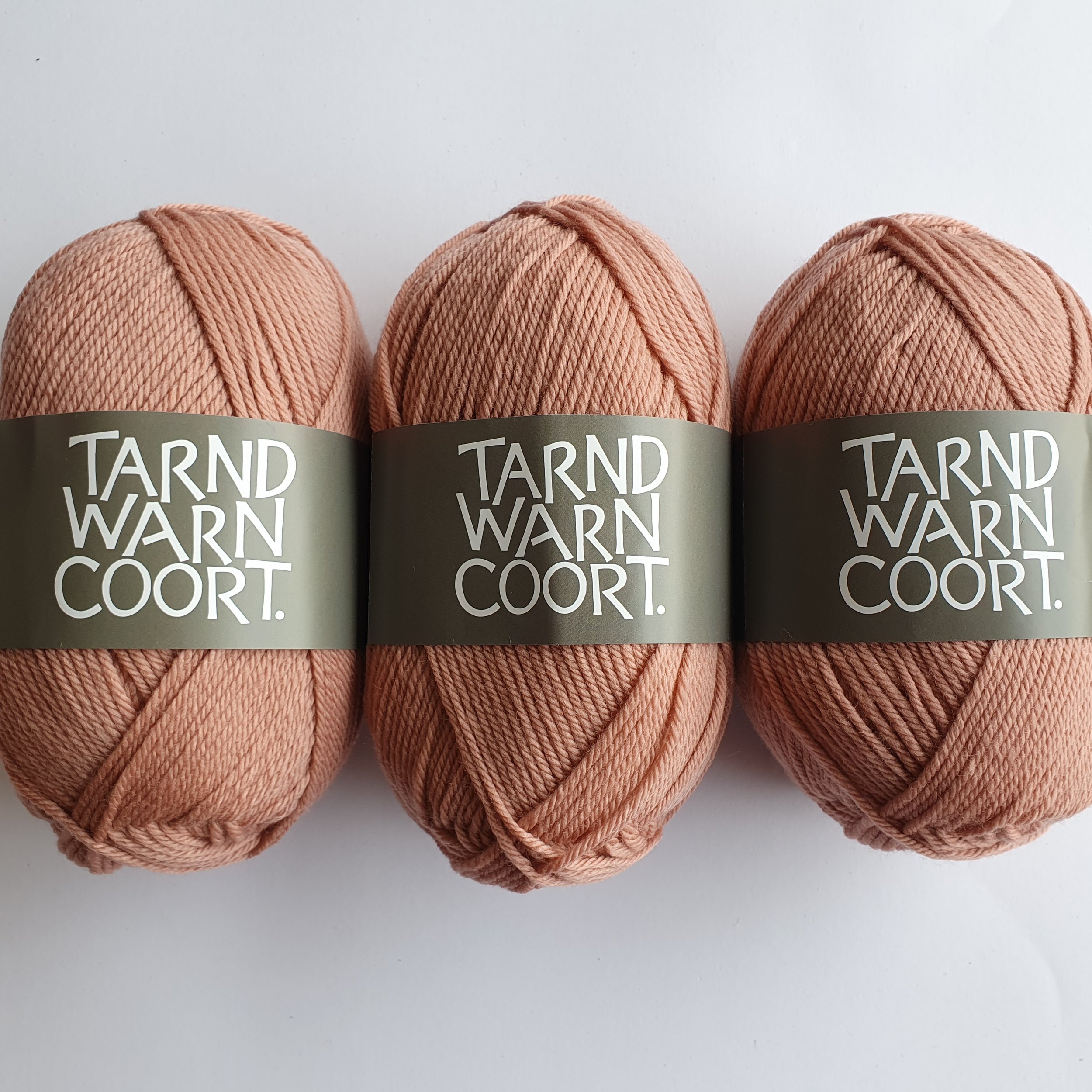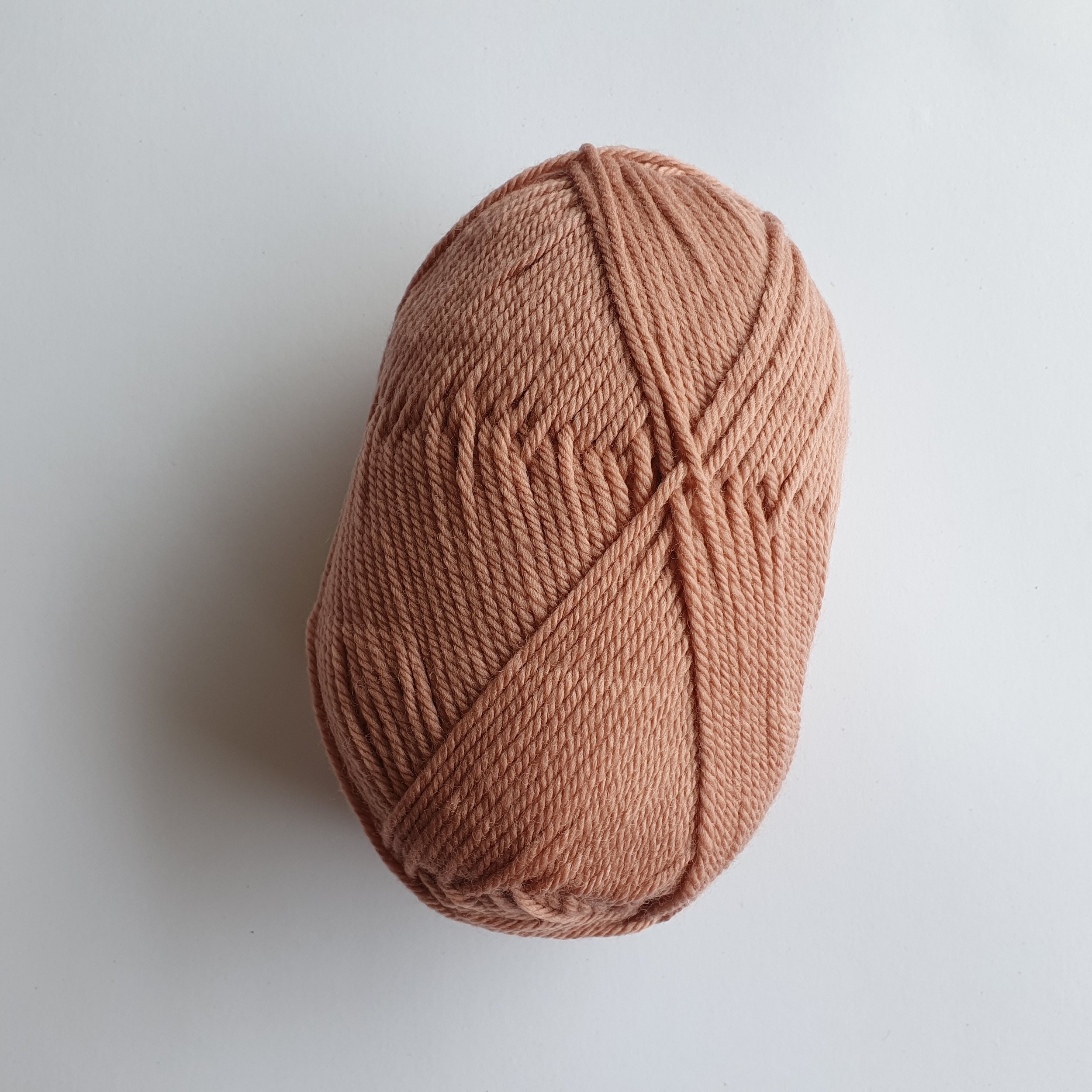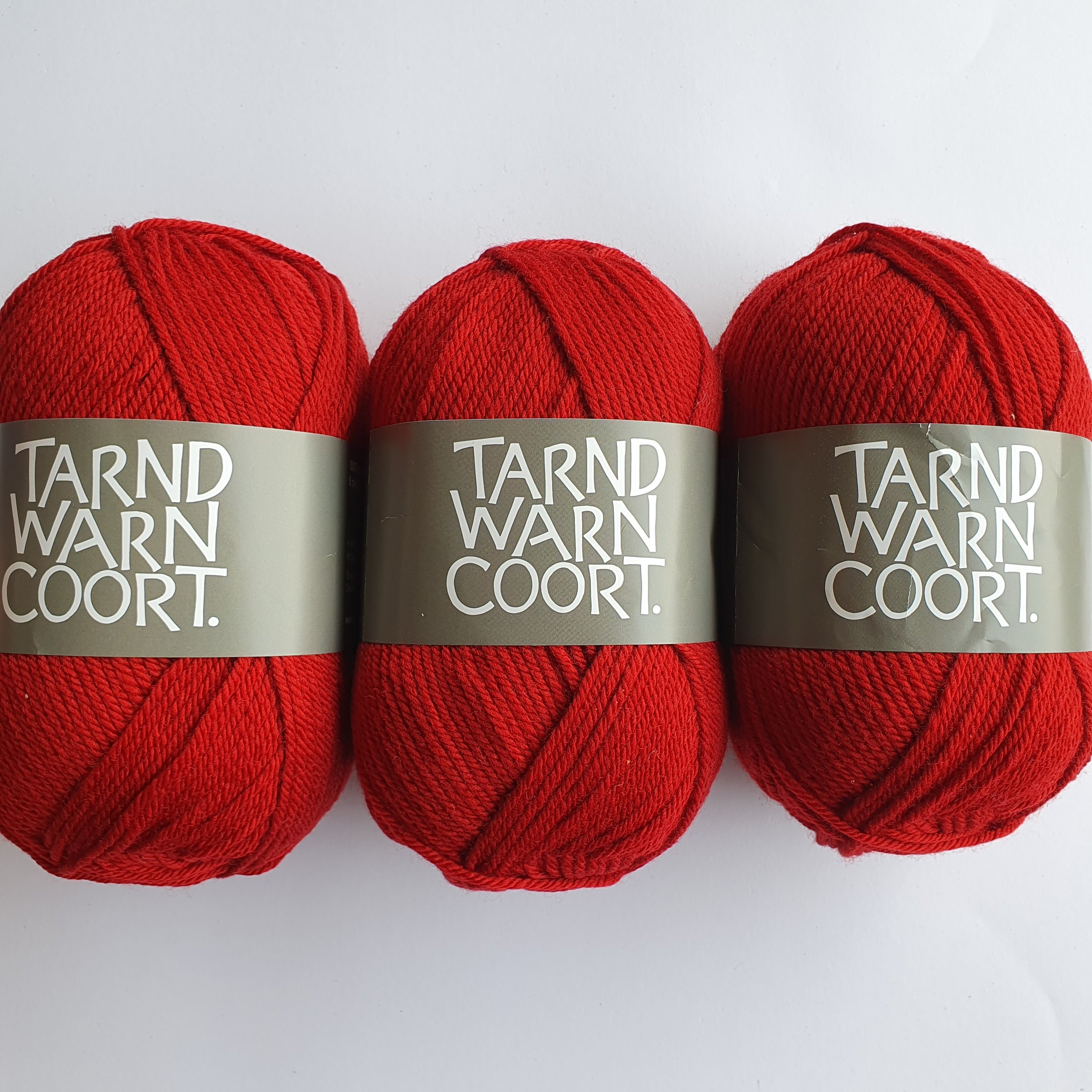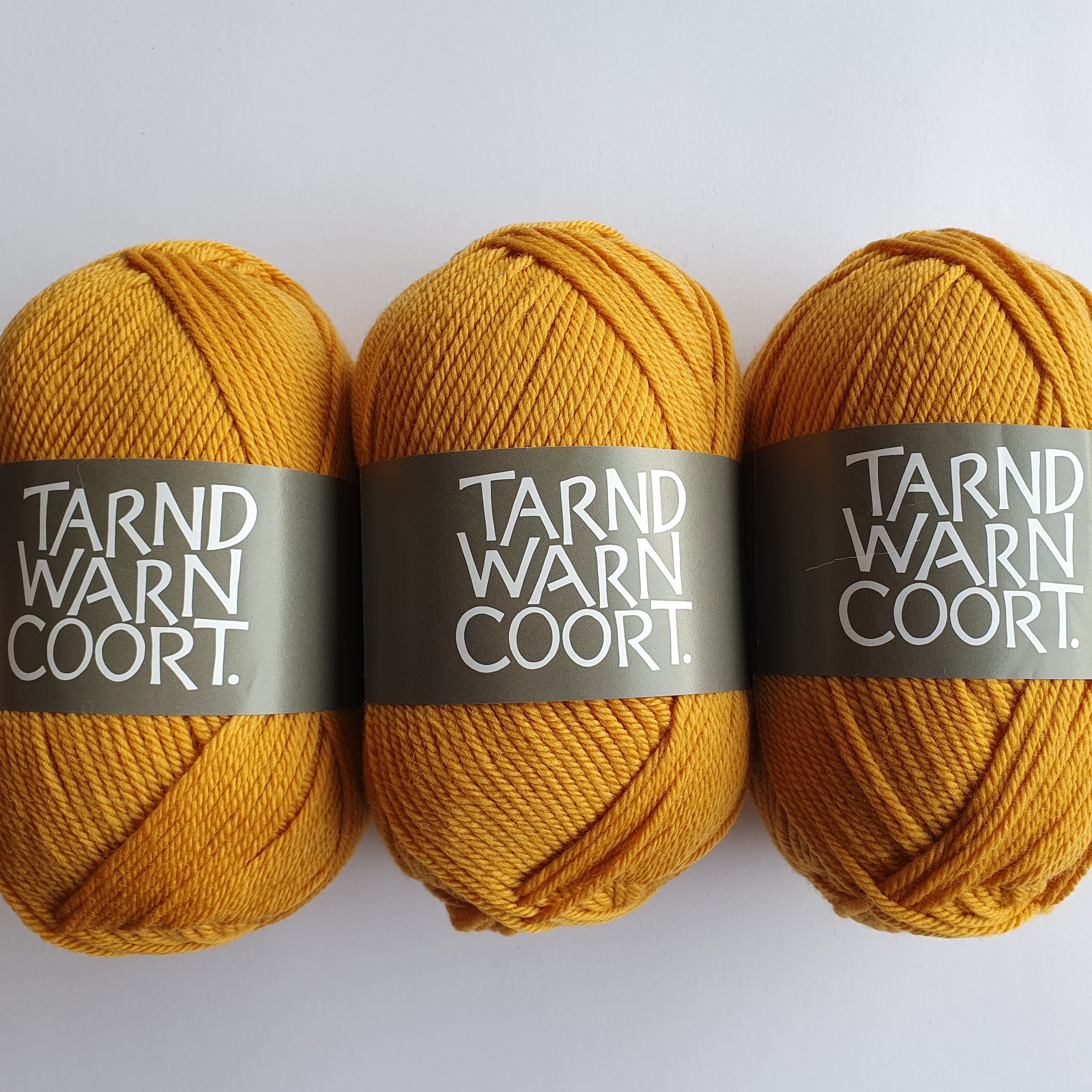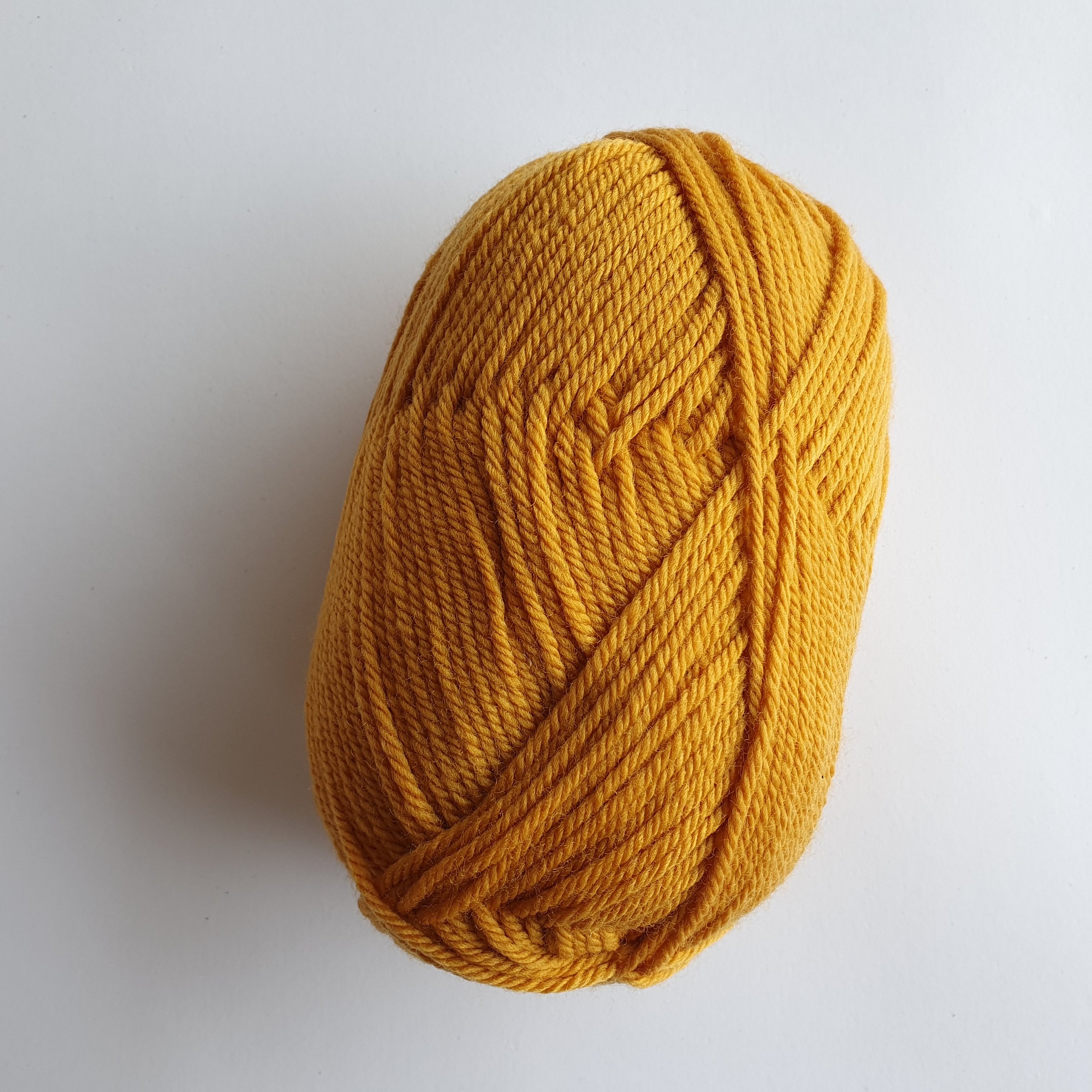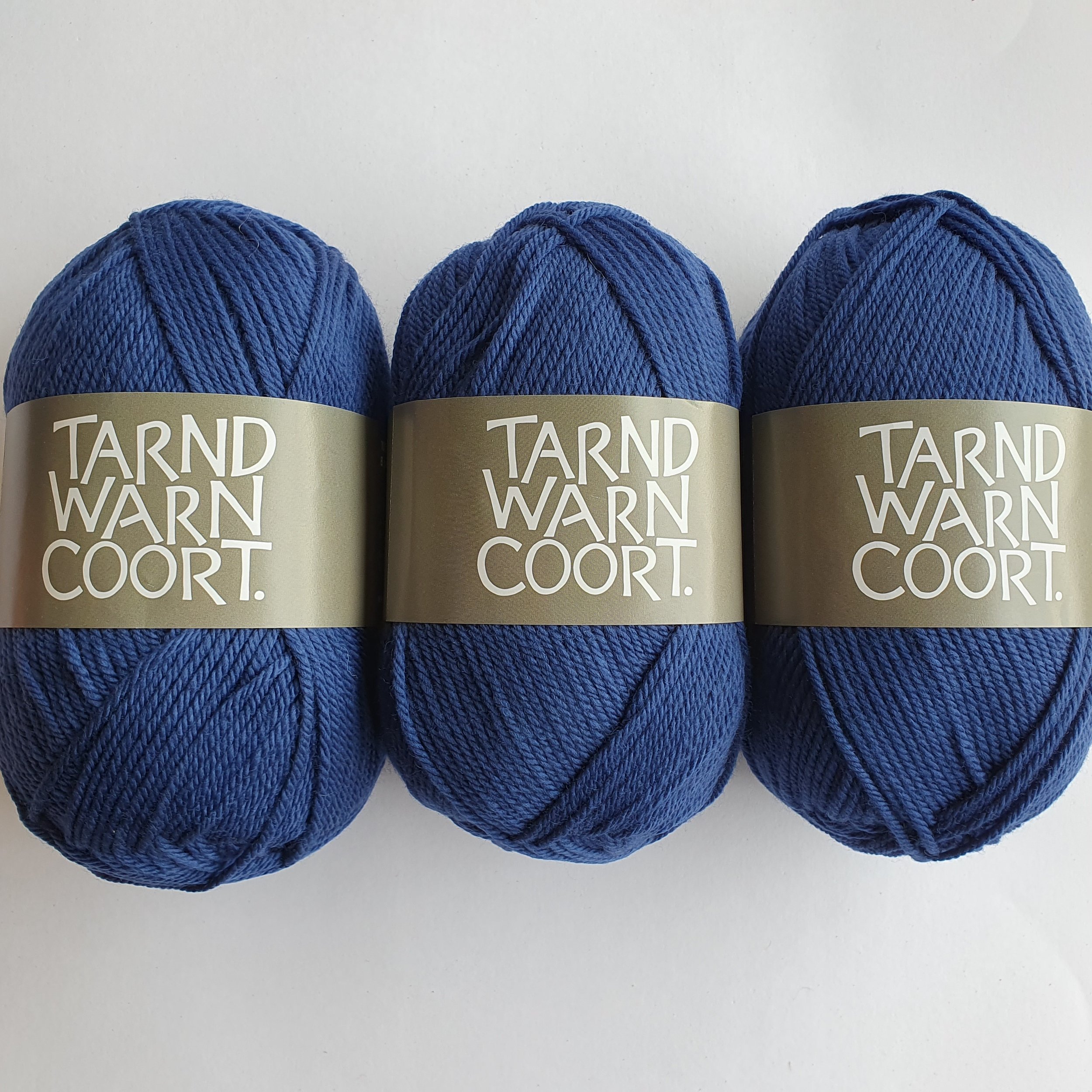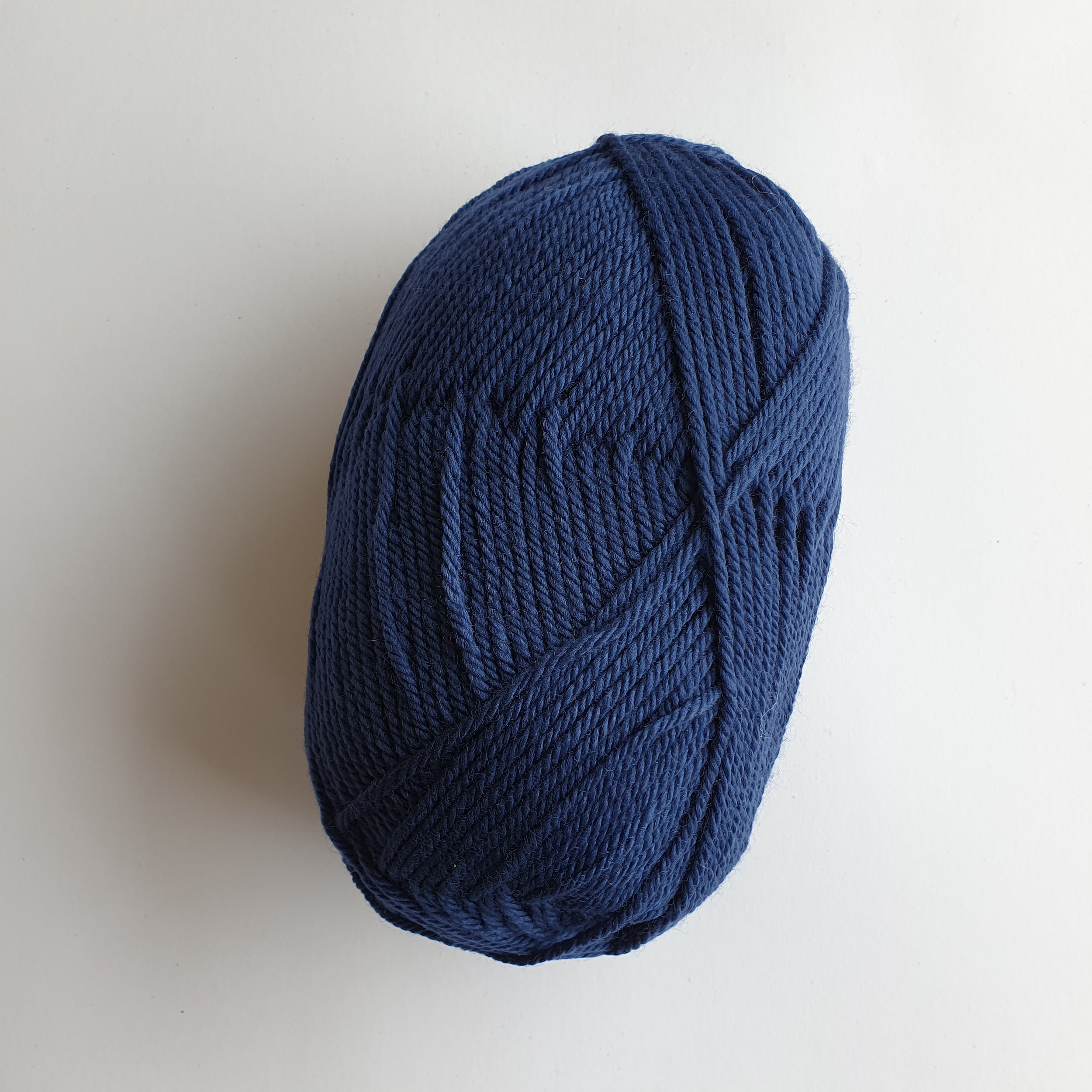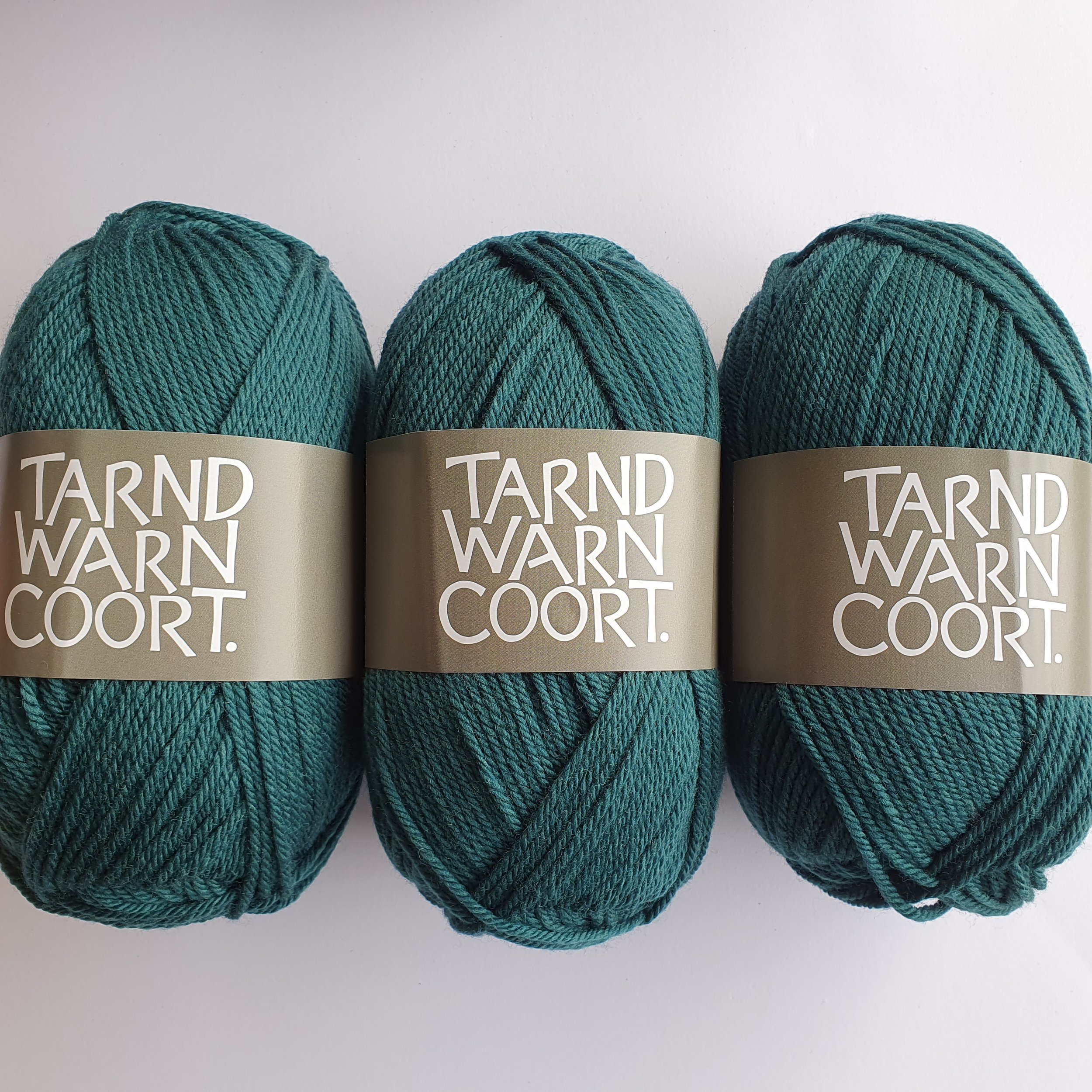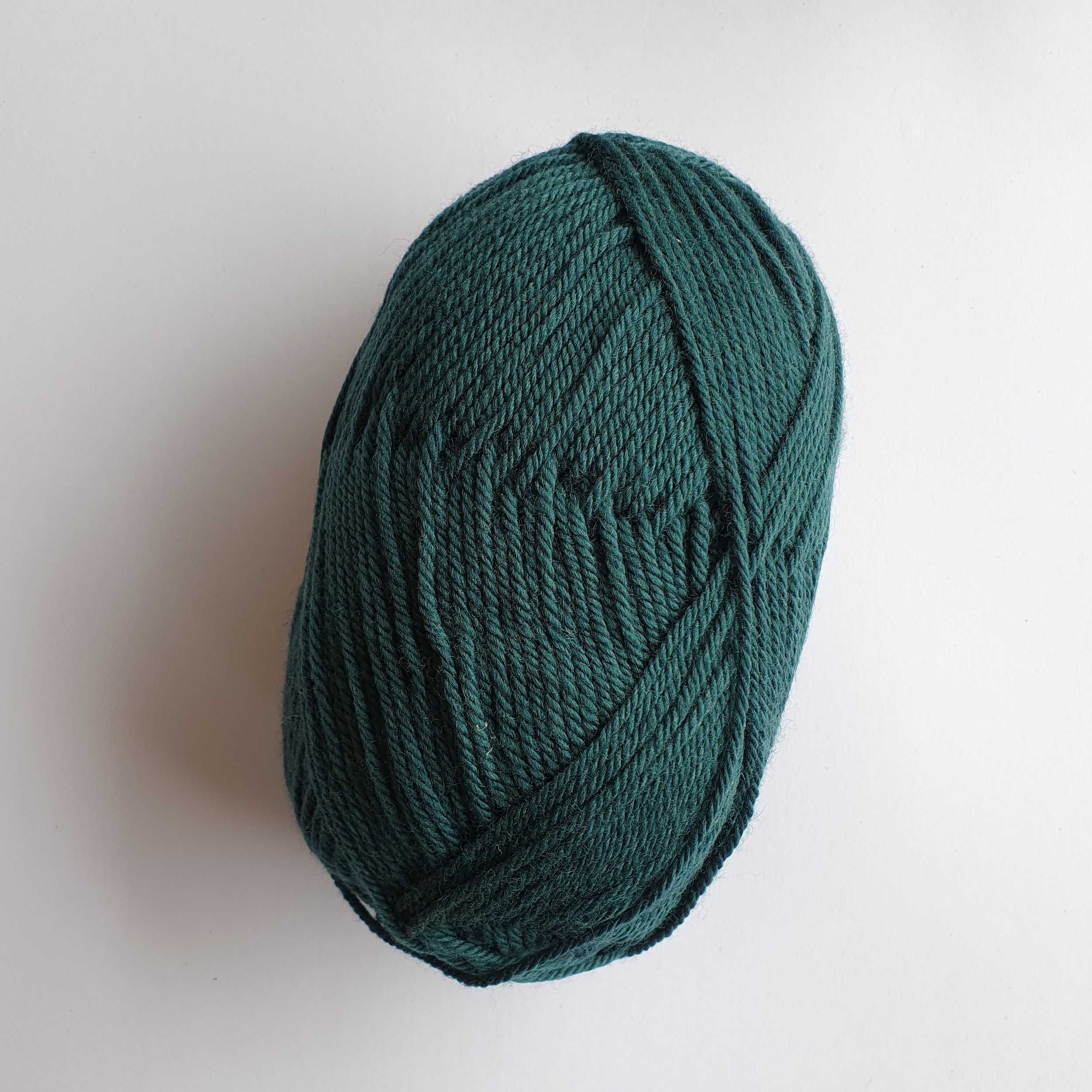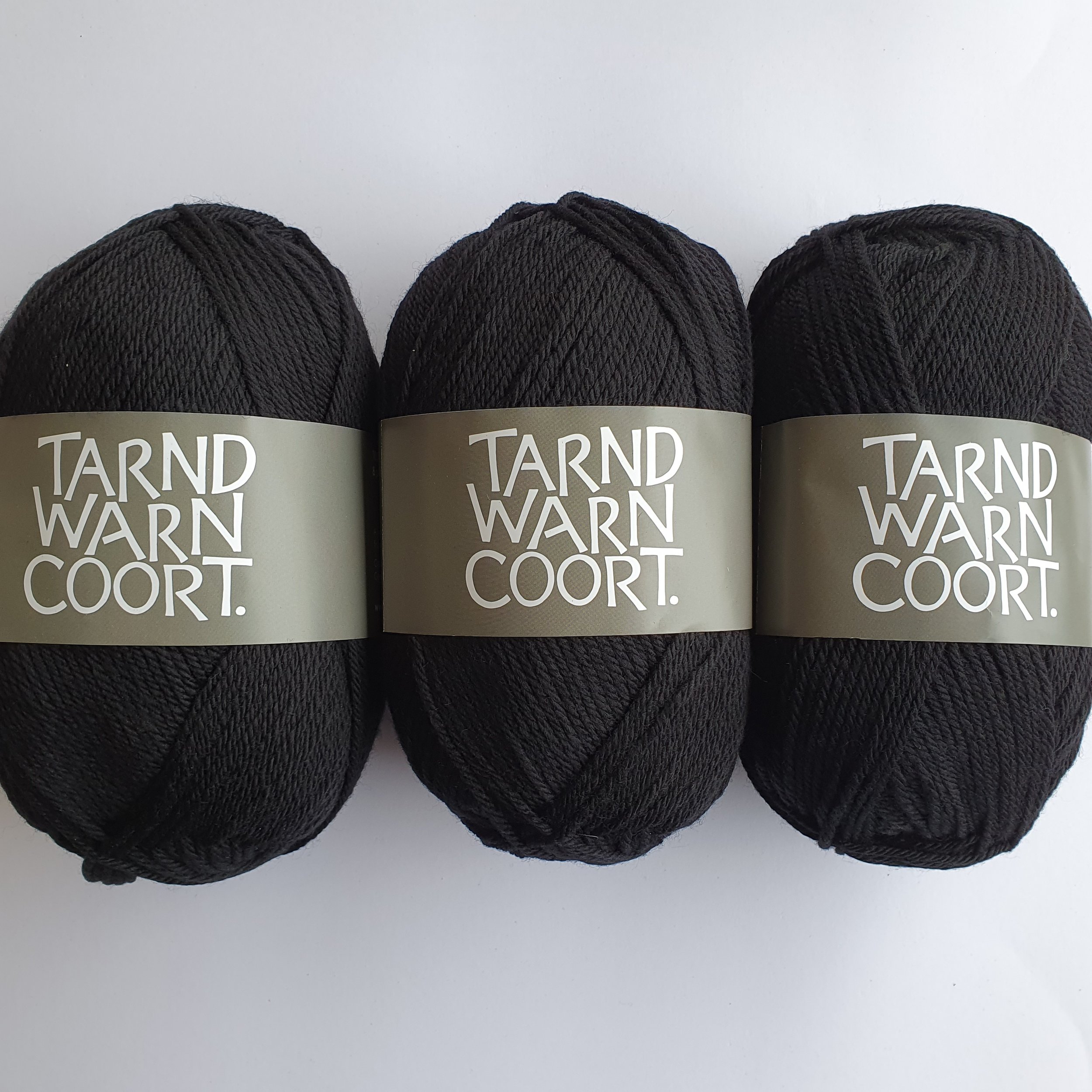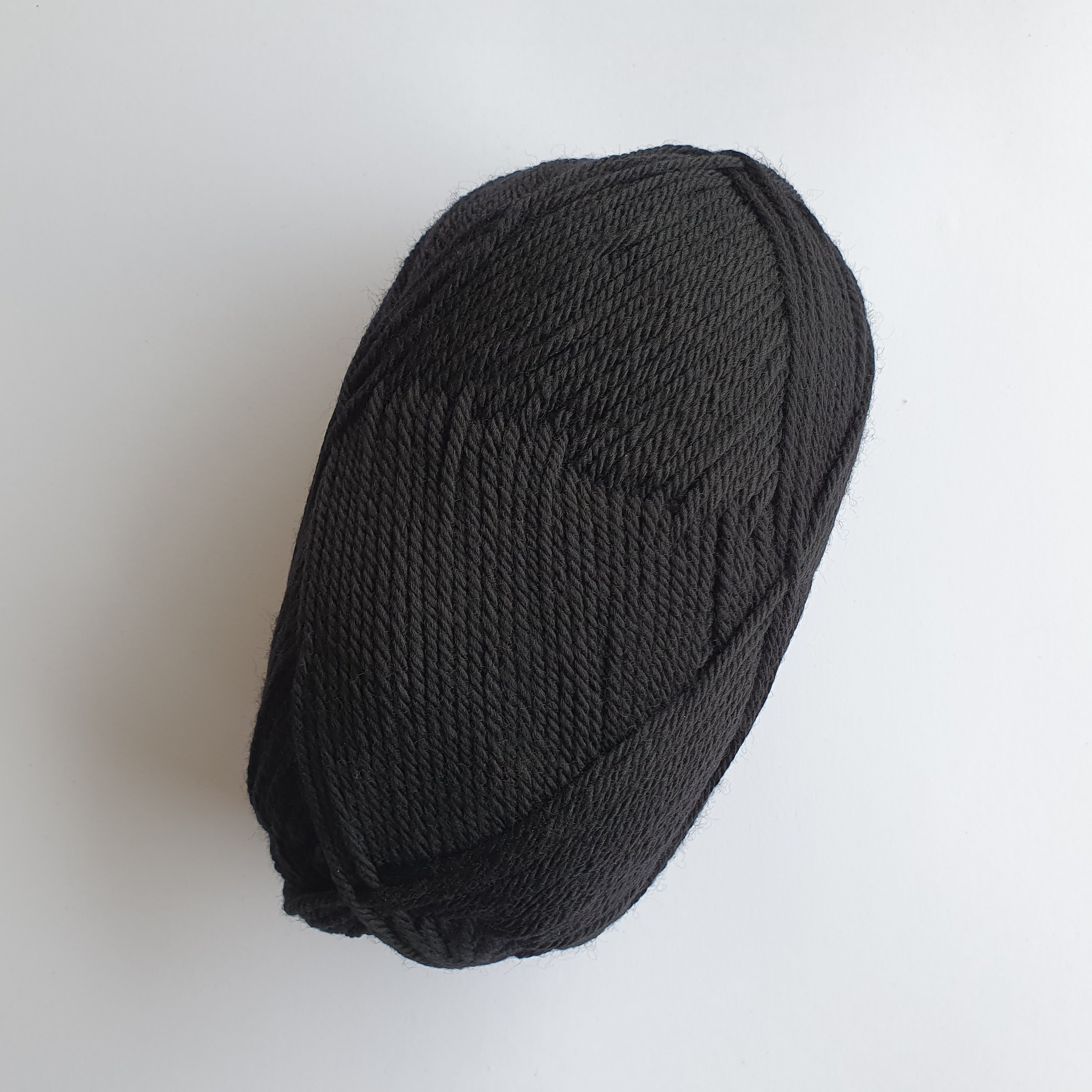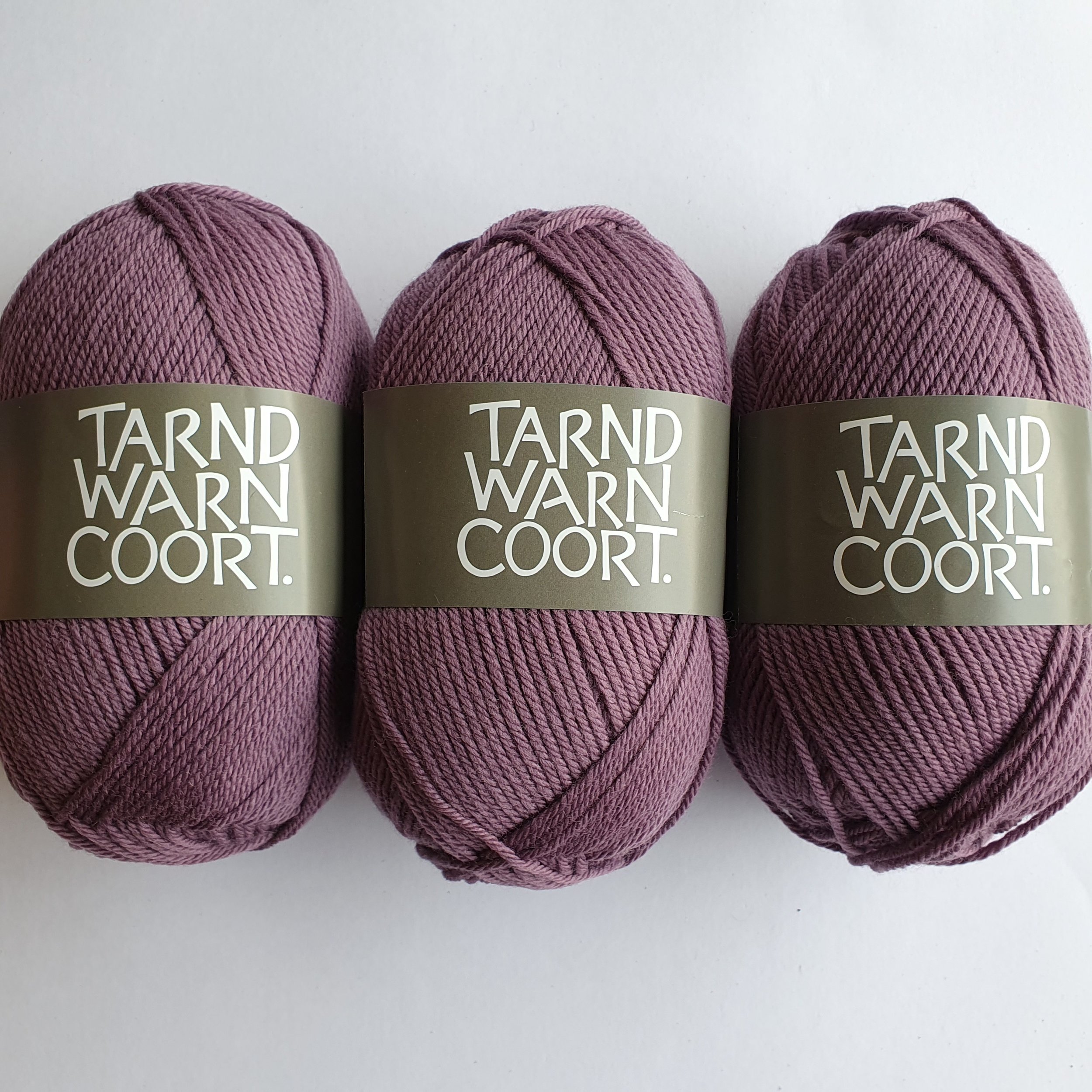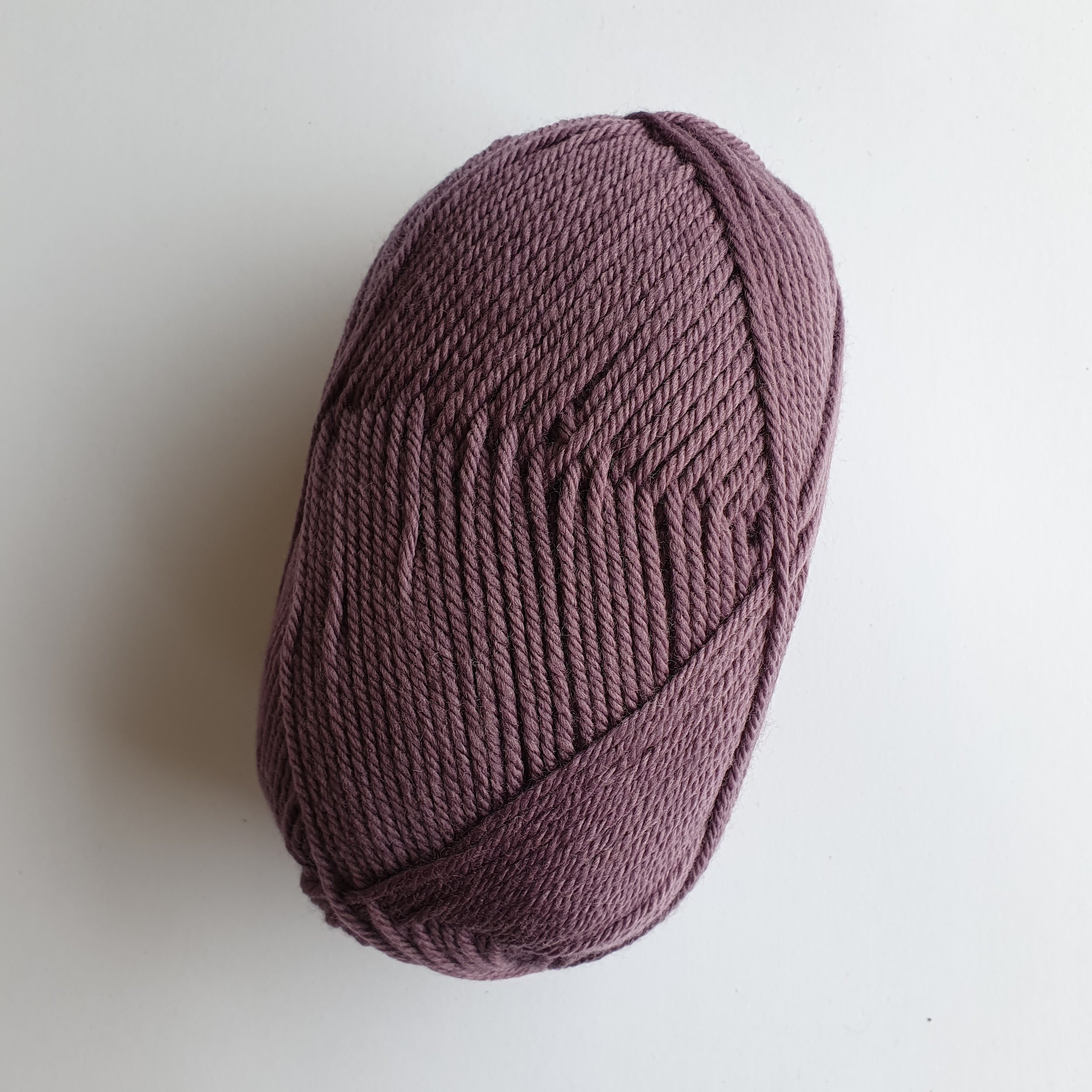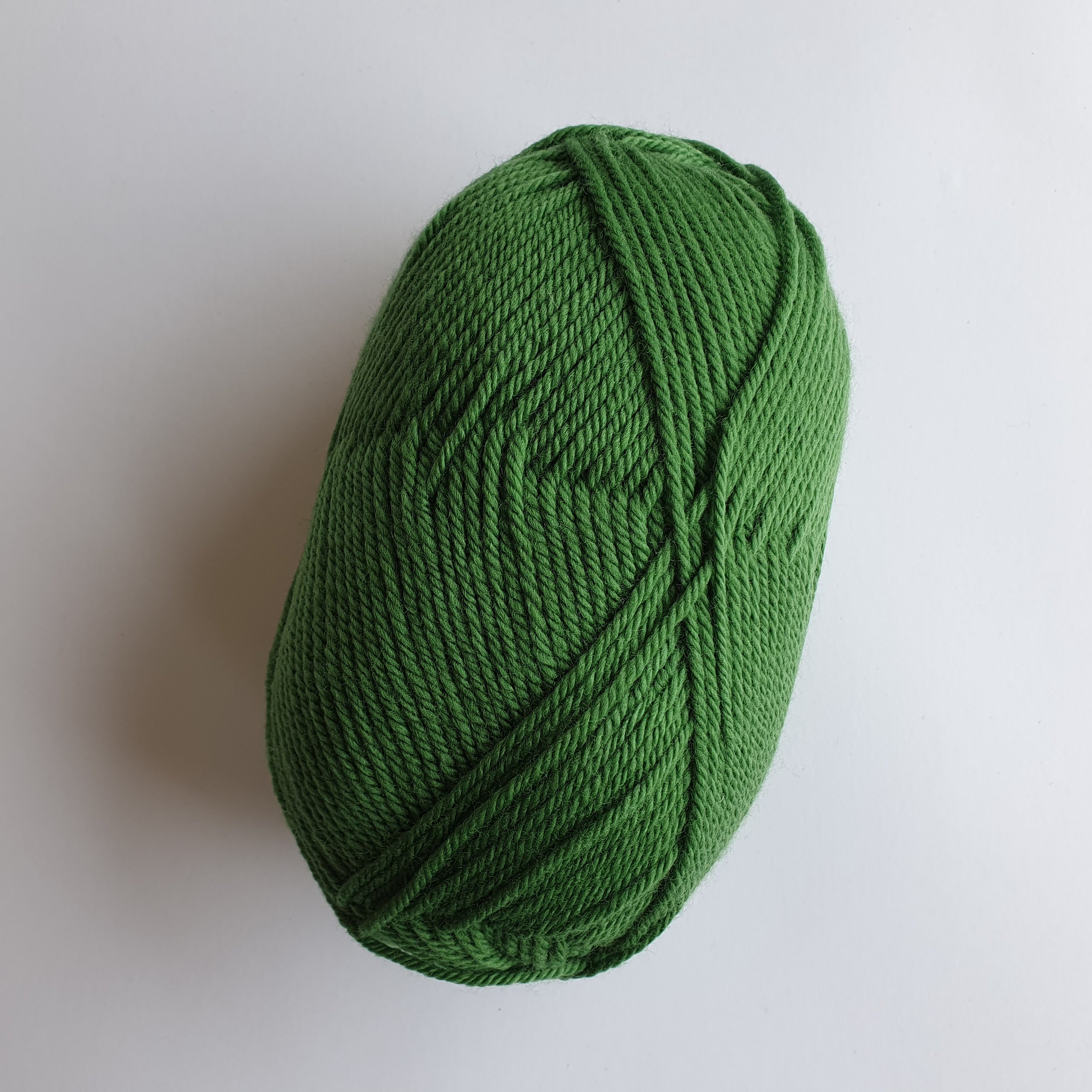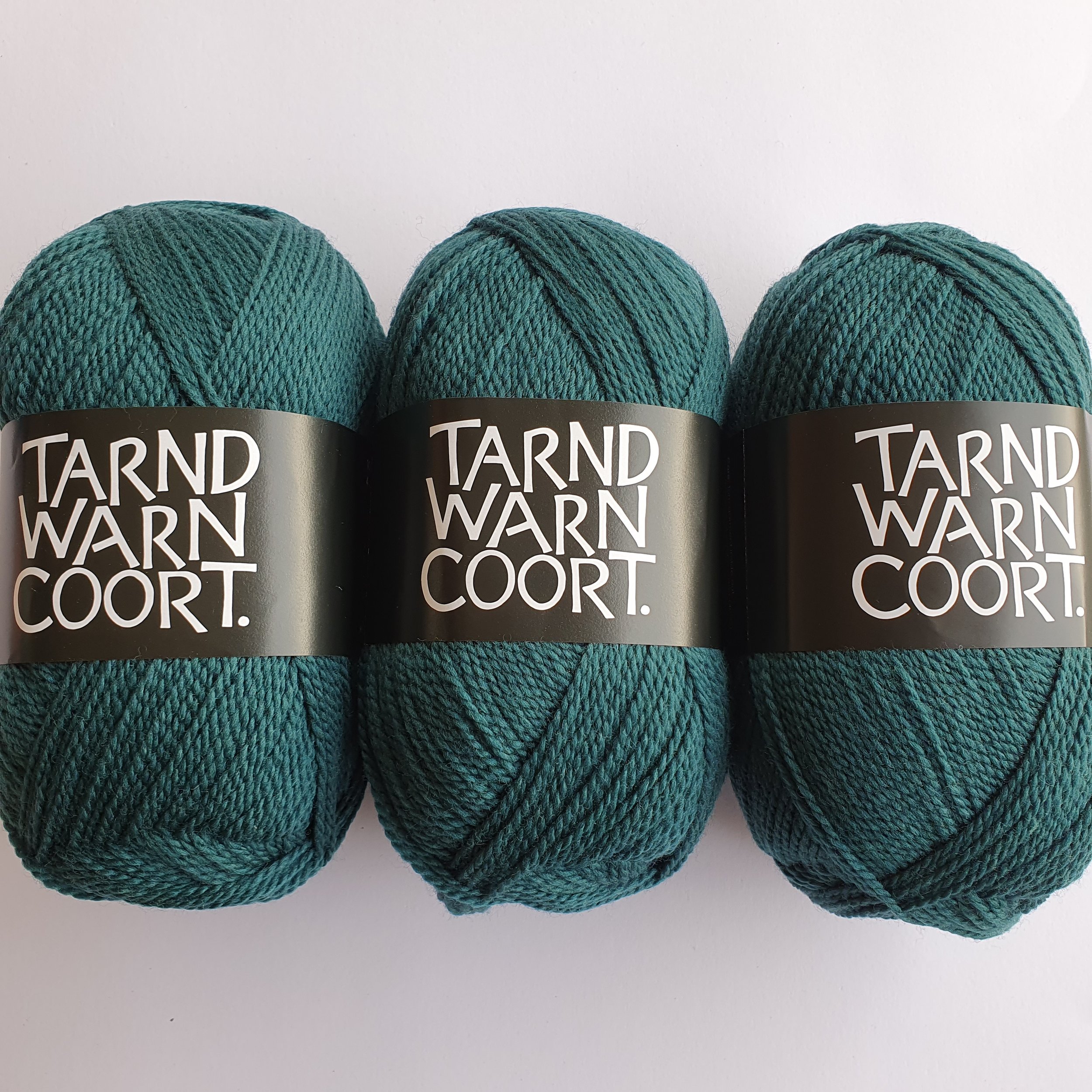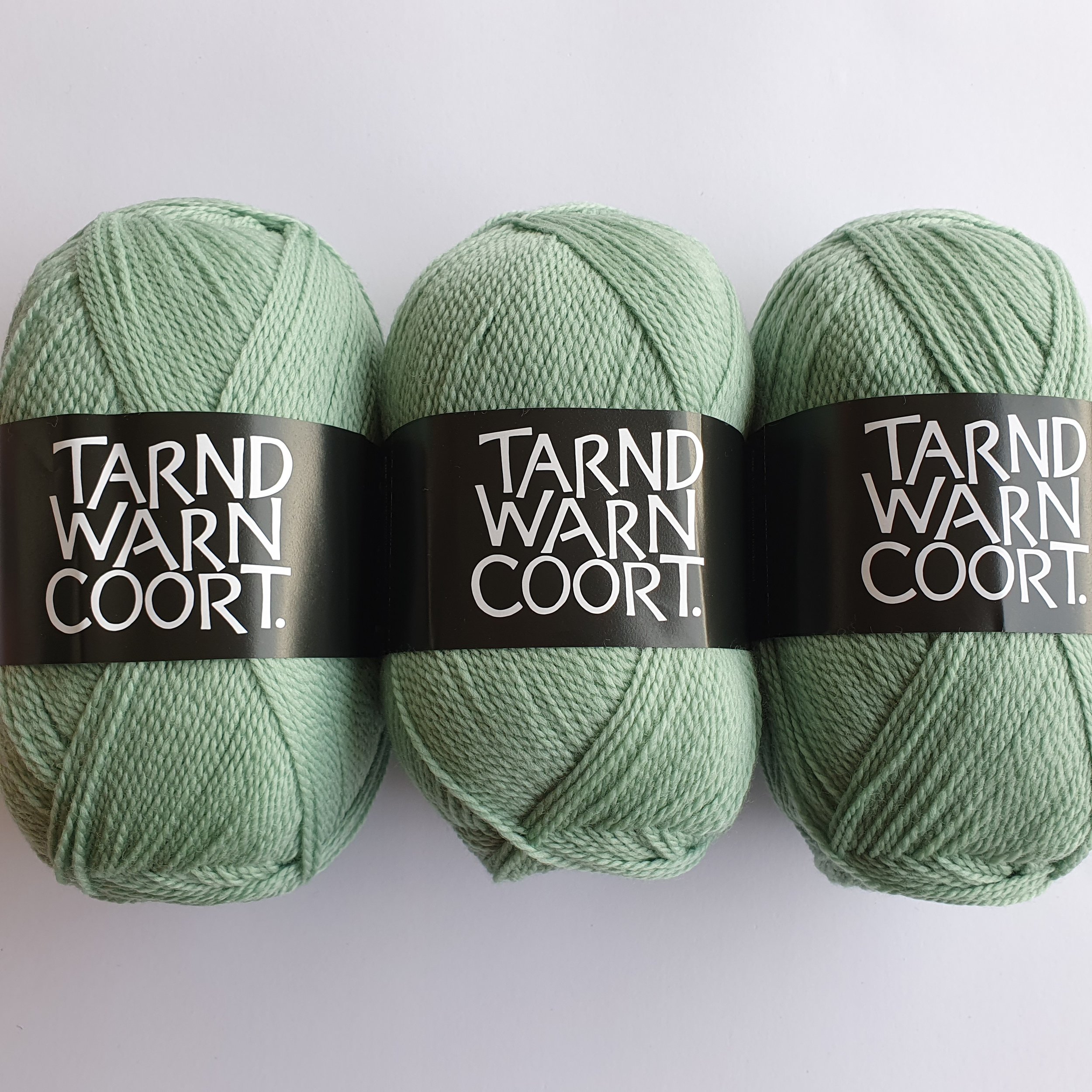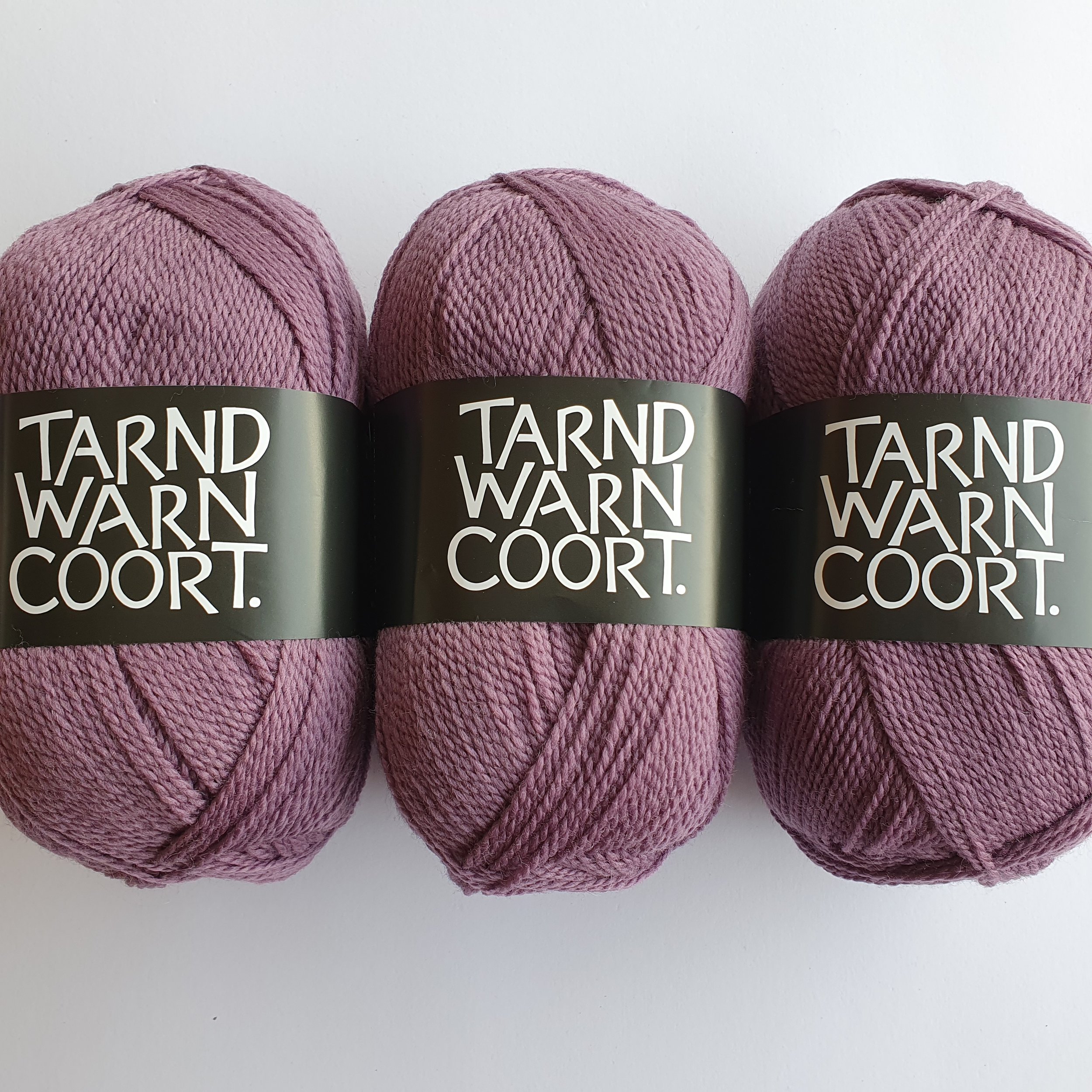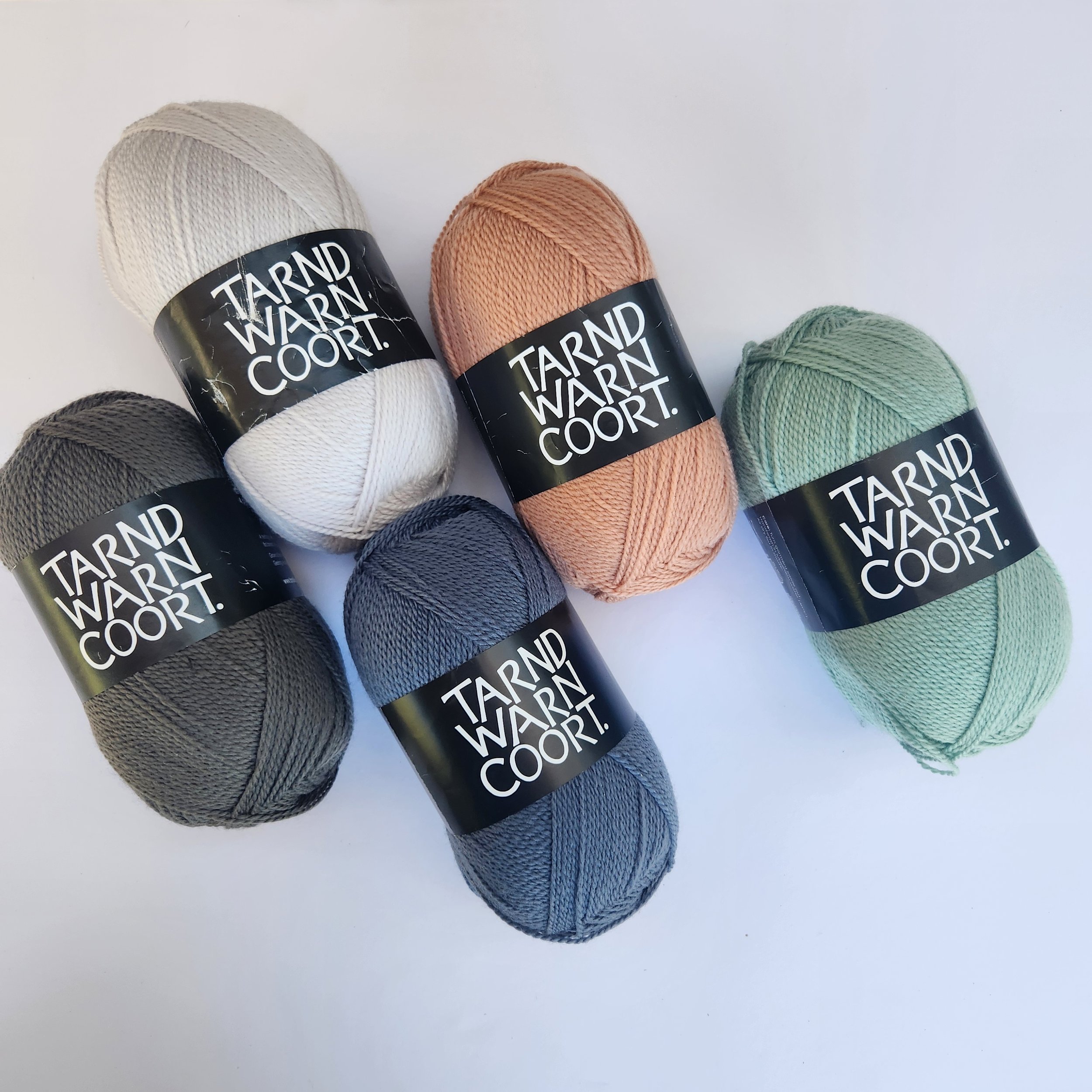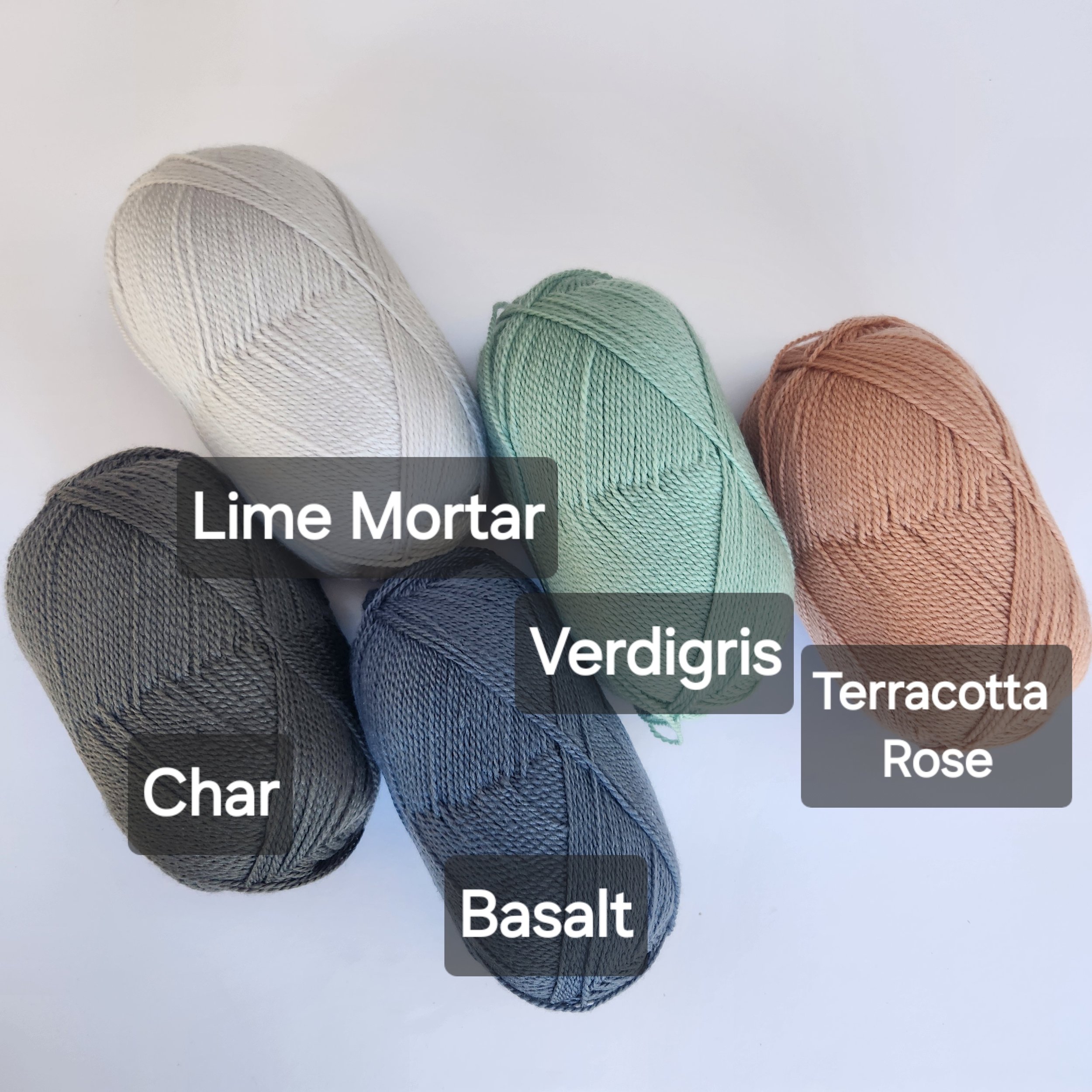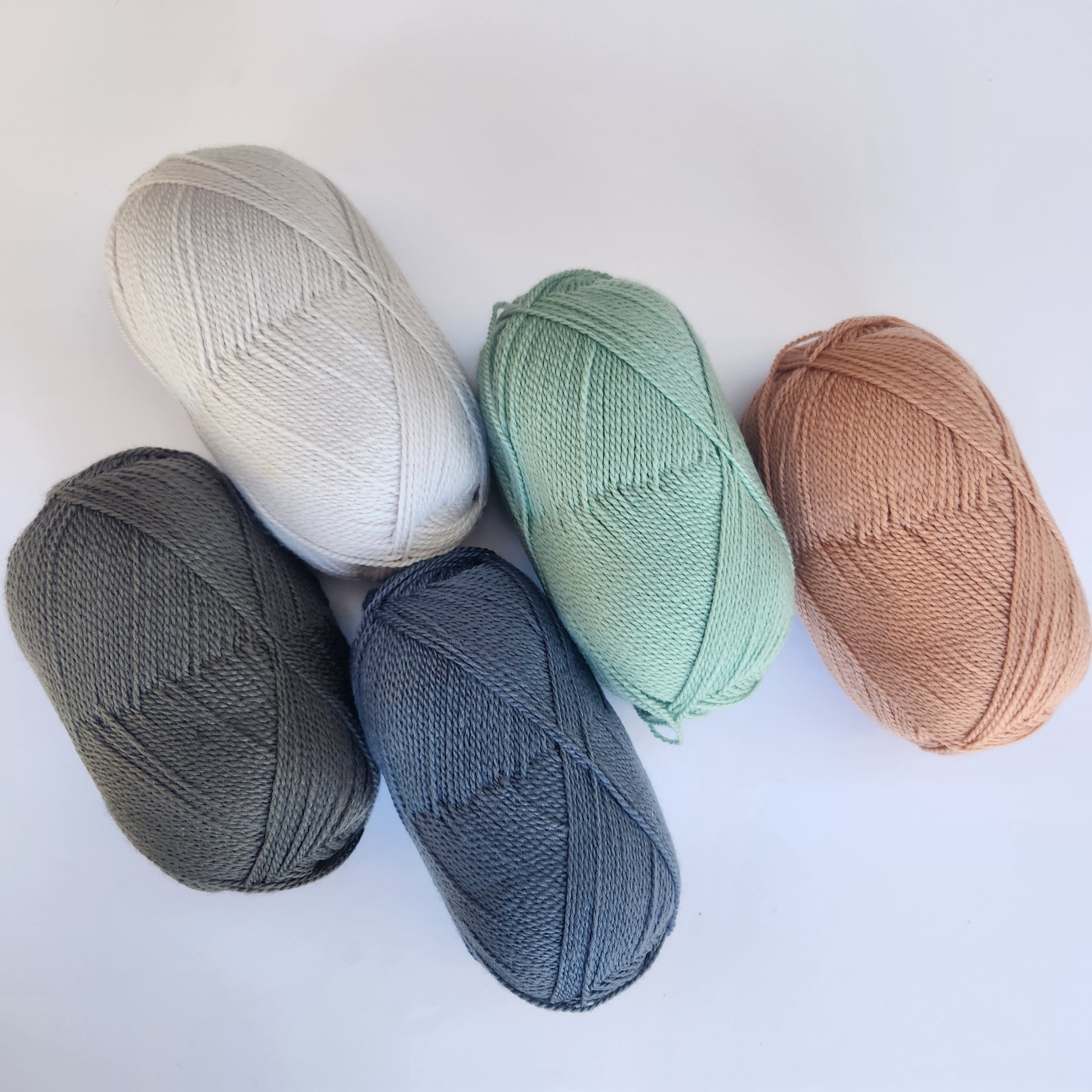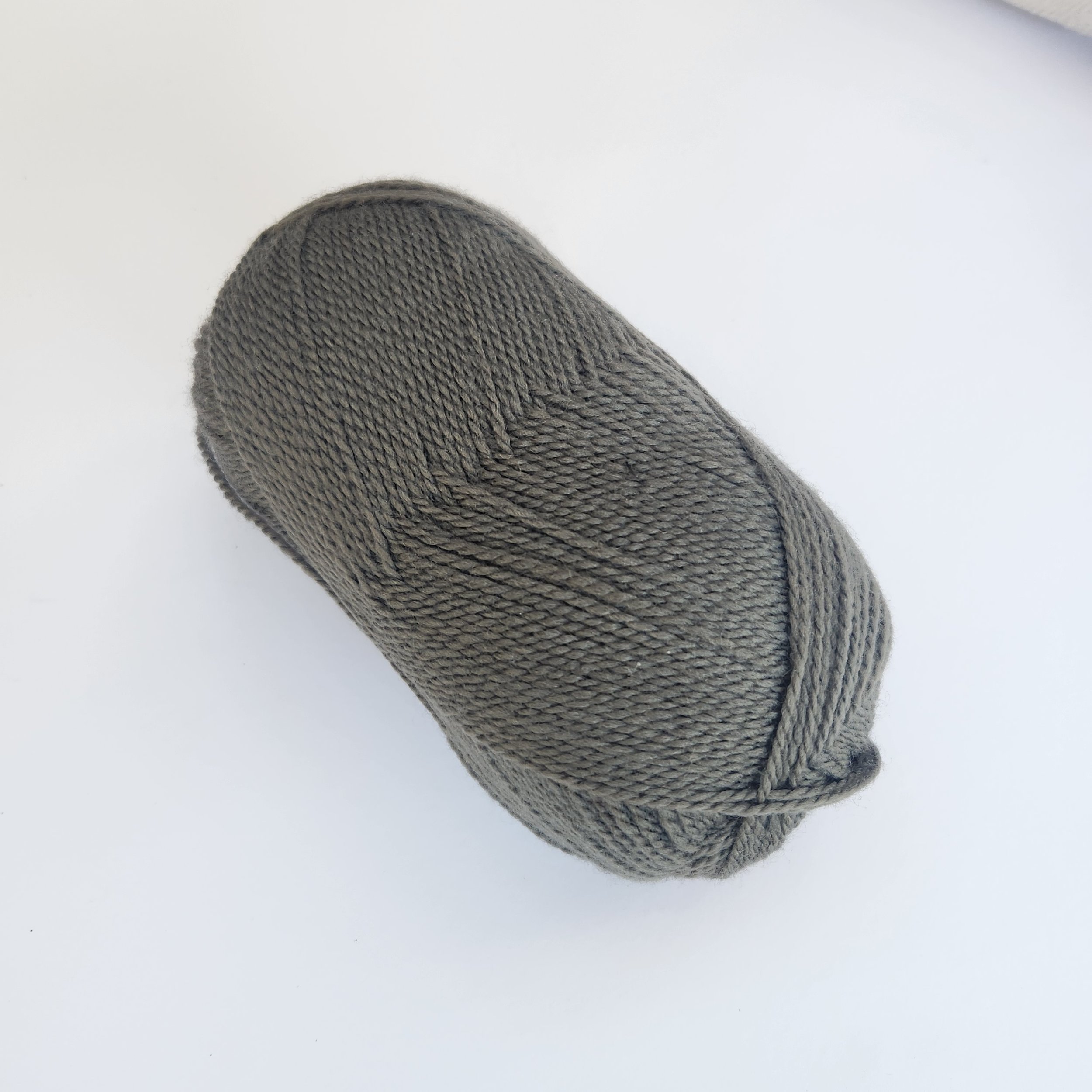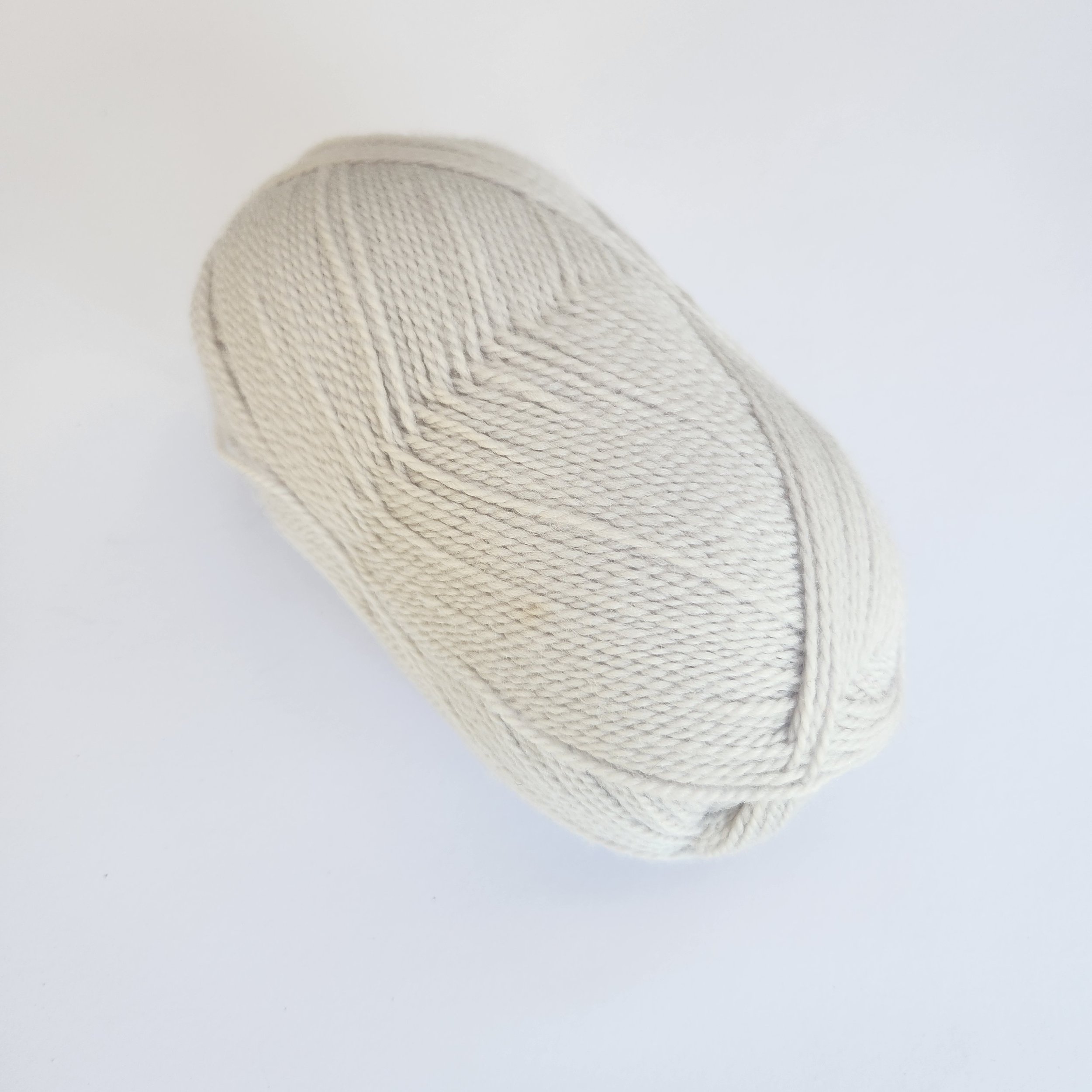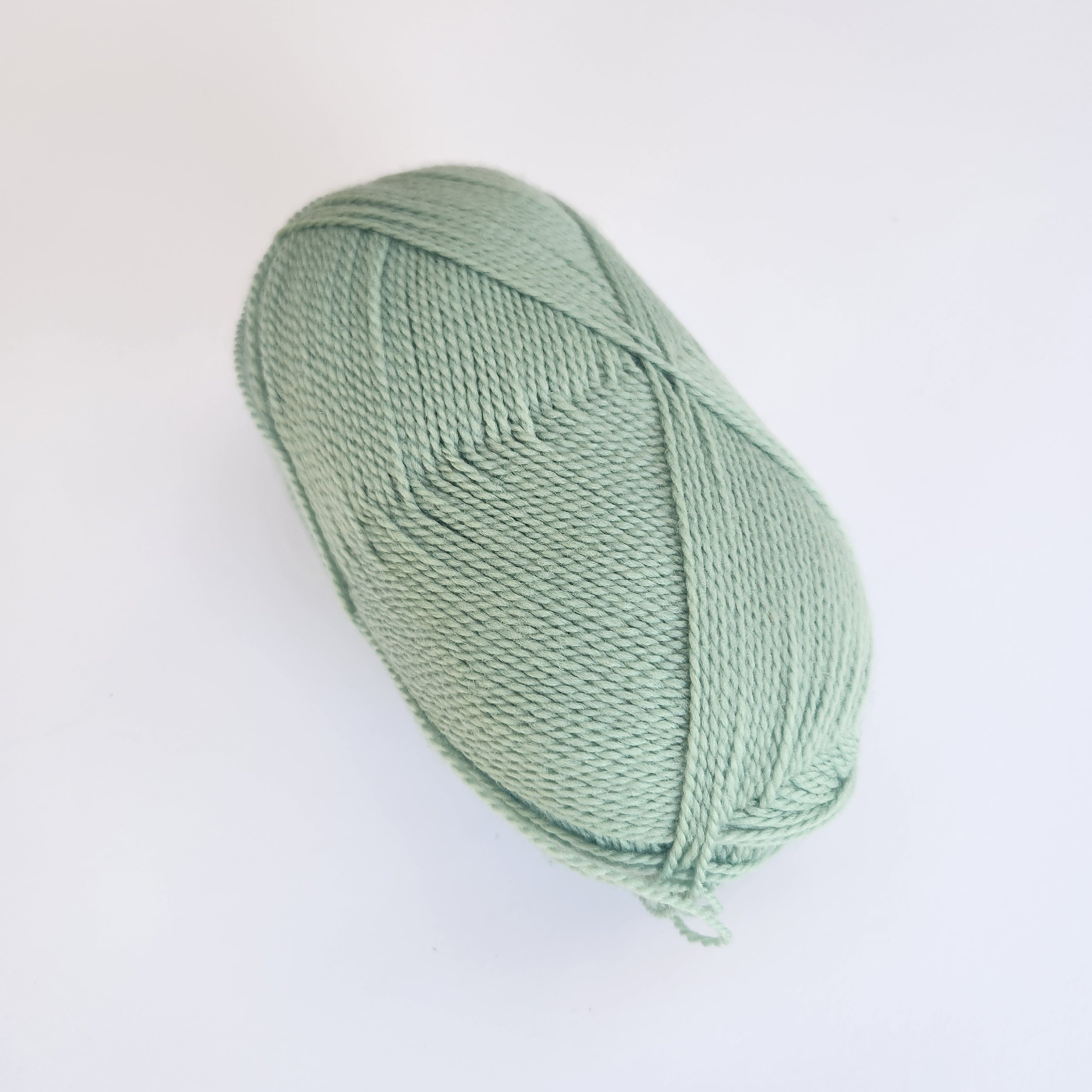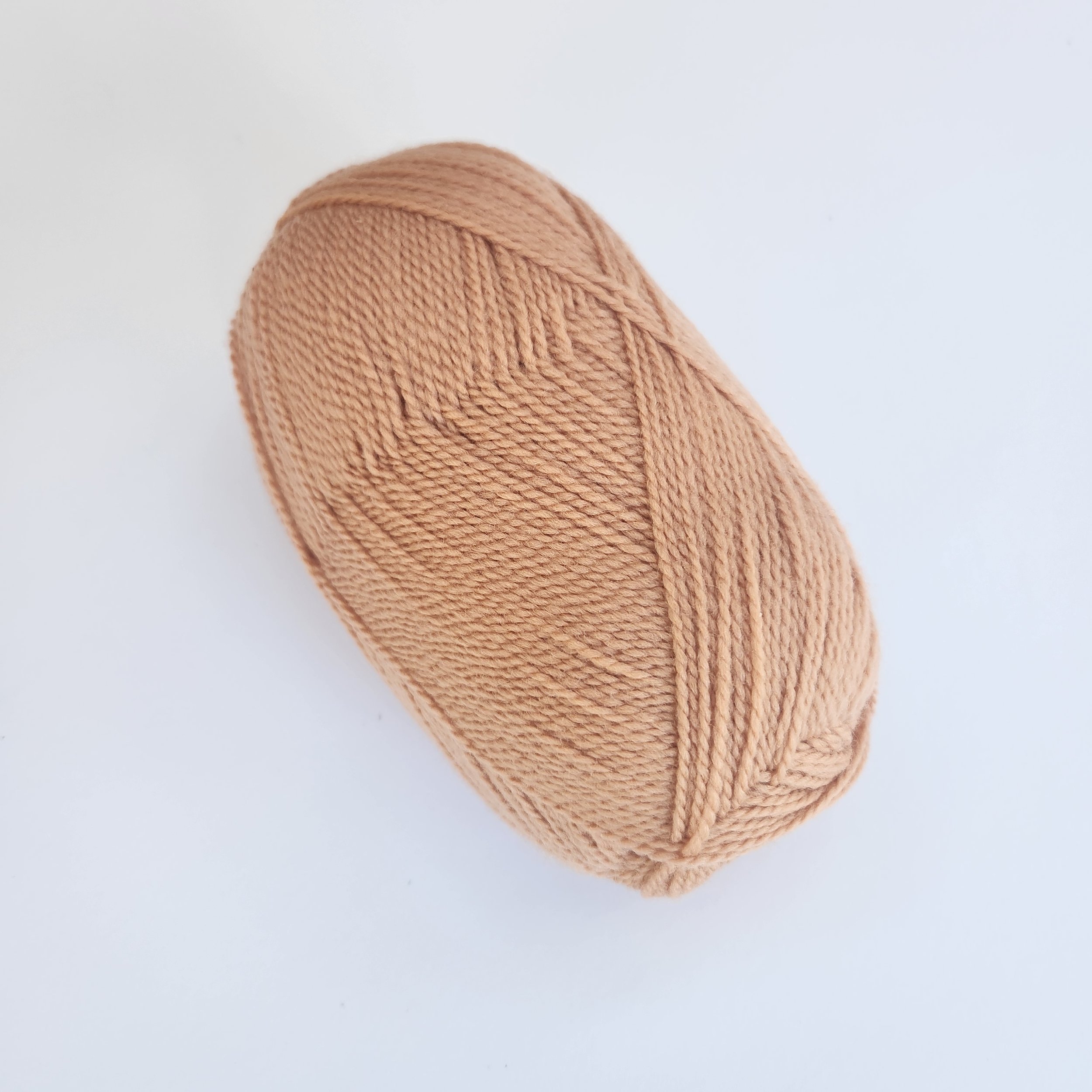Origins Range Polwarth Yarn 8ply / DK
A yarn with provenance, helping to conserve Tarndie's built heritage.
Watch a short film to know the people, the sheep and the heritage behind this yarn - https://youtu.be/i-9qc_mfVag
This lofty 4-strand 8ply yarn is soft, yet durable. It's woolly, it's warm, and it's great for jumpers, sweaters, shawls, cowls, hats and mittens.
The 8 commercially dyed colours are designed to complement the natural cream, taupe and dark brown yarn range.
100 grams / 3.5oz in a ball.
192 metres
22 stitches and 30 rows on 4mm needles for a 10cm x 10cm square
100% Polwarth Wool
The Polwarth wool grown at Tarndie for the Origins range was scoured in Geelong, then spun and dyed in Napier, New Zealand.
Each colour reflects an aspect of Tarndwarncoort Homestead, which is the ancestral home of not just Polwarth sheep, but also the Dennis family – it is one of Australia’s oldest continuously operated family wool growing farms.
Eight of these colours were developed in conjunction with Melbourne based dyer, Briony Mannering, after closely studying the landscape, buildings and history of the place.
1. Persimmon – this tree in the Tarndie courtyard is rich in colour and symbolism.
2. Verdigris – welcoming family members and guests through the generations, the front door knocker shows is age with a crust of oxidised brass.
3. Ciderhouse Red – from a quarry 3km east, the 1860s Ciderhouse stones reflect the very earth beneath the farm.
4. China Blue – very often when the soil is turned at Tarndie, shards of broken pottery are uncovered, mostly with variations of blue in an oriental design.
5. Basalt – stretching to the north and west, Victoria’s great basalt plains grow some of the finest wool, and is used to build solid bluestone houses.
6. Charcoal – a tribute to the elders and custodians of this country who kept the embers of life glowing.
7. Terracotta Rose - the warm tone of the courtyard bricks and pottery with a nod to the rose garden.
8. Lime Mortar - the substance that cements the bricks and bluestone of the heritage buildings together, as family does the farm.
A yarn with provenance, helping to conserve Tarndie's built heritage.
Watch a short film to know the people, the sheep and the heritage behind this yarn - https://youtu.be/i-9qc_mfVag
This lofty 4-strand 8ply yarn is soft, yet durable. It's woolly, it's warm, and it's great for jumpers, sweaters, shawls, cowls, hats and mittens.
The 8 commercially dyed colours are designed to complement the natural cream, taupe and dark brown yarn range.
100 grams / 3.5oz in a ball.
192 metres
22 stitches and 30 rows on 4mm needles for a 10cm x 10cm square
100% Polwarth Wool
The Polwarth wool grown at Tarndie for the Origins range was scoured in Geelong, then spun and dyed in Napier, New Zealand.
Each colour reflects an aspect of Tarndwarncoort Homestead, which is the ancestral home of not just Polwarth sheep, but also the Dennis family – it is one of Australia’s oldest continuously operated family wool growing farms.
Eight of these colours were developed in conjunction with Melbourne based dyer, Briony Mannering, after closely studying the landscape, buildings and history of the place.
1. Persimmon – this tree in the Tarndie courtyard is rich in colour and symbolism.
2. Verdigris – welcoming family members and guests through the generations, the front door knocker shows is age with a crust of oxidised brass.
3. Ciderhouse Red – from a quarry 3km east, the 1860s Ciderhouse stones reflect the very earth beneath the farm.
4. China Blue – very often when the soil is turned at Tarndie, shards of broken pottery are uncovered, mostly with variations of blue in an oriental design.
5. Basalt – stretching to the north and west, Victoria’s great basalt plains grow some of the finest wool, and is used to build solid bluestone houses.
6. Charcoal – a tribute to the elders and custodians of this country who kept the embers of life glowing.
7. Terracotta Rose - the warm tone of the courtyard bricks and pottery with a nod to the rose garden.
8. Lime Mortar - the substance that cements the bricks and bluestone of the heritage buildings together, as family does the farm.
A yarn with provenance, helping to conserve Tarndie's built heritage.
Watch a short film to know the people, the sheep and the heritage behind this yarn - https://youtu.be/i-9qc_mfVag
This lofty 4-strand 8ply yarn is soft, yet durable. It's woolly, it's warm, and it's great for jumpers, sweaters, shawls, cowls, hats and mittens.
The 8 commercially dyed colours are designed to complement the natural cream, taupe and dark brown yarn range.
100 grams / 3.5oz in a ball.
192 metres
22 stitches and 30 rows on 4mm needles for a 10cm x 10cm square
100% Polwarth Wool
The Polwarth wool grown at Tarndie for the Origins range was scoured in Geelong, then spun and dyed in Napier, New Zealand.
Each colour reflects an aspect of Tarndwarncoort Homestead, which is the ancestral home of not just Polwarth sheep, but also the Dennis family – it is one of Australia’s oldest continuously operated family wool growing farms.
Eight of these colours were developed in conjunction with Melbourne based dyer, Briony Mannering, after closely studying the landscape, buildings and history of the place.
1. Persimmon – this tree in the Tarndie courtyard is rich in colour and symbolism.
2. Verdigris – welcoming family members and guests through the generations, the front door knocker shows is age with a crust of oxidised brass.
3. Ciderhouse Red – from a quarry 3km east, the 1860s Ciderhouse stones reflect the very earth beneath the farm.
4. China Blue – very often when the soil is turned at Tarndie, shards of broken pottery are uncovered, mostly with variations of blue in an oriental design.
5. Basalt – stretching to the north and west, Victoria’s great basalt plains grow some of the finest wool, and is used to build solid bluestone houses.
6. Charcoal – a tribute to the elders and custodians of this country who kept the embers of life glowing.
7. Terracotta Rose - the warm tone of the courtyard bricks and pottery with a nod to the rose garden.
8. Lime Mortar - the substance that cements the bricks and bluestone of the heritage buildings together, as family does the farm.
